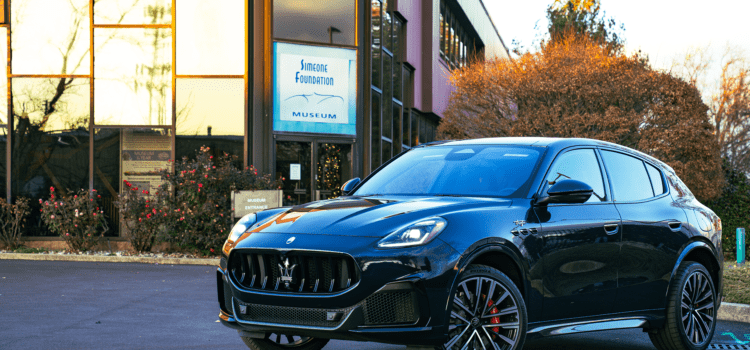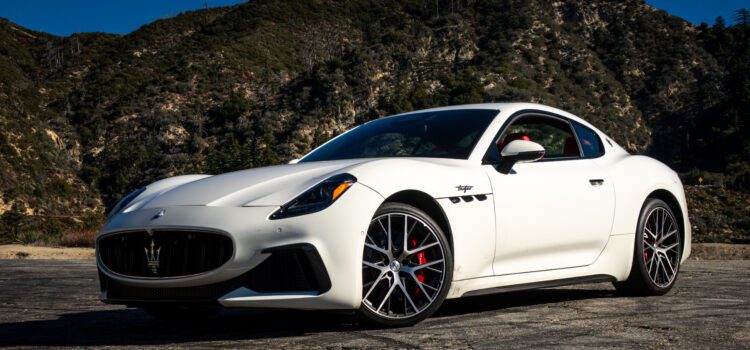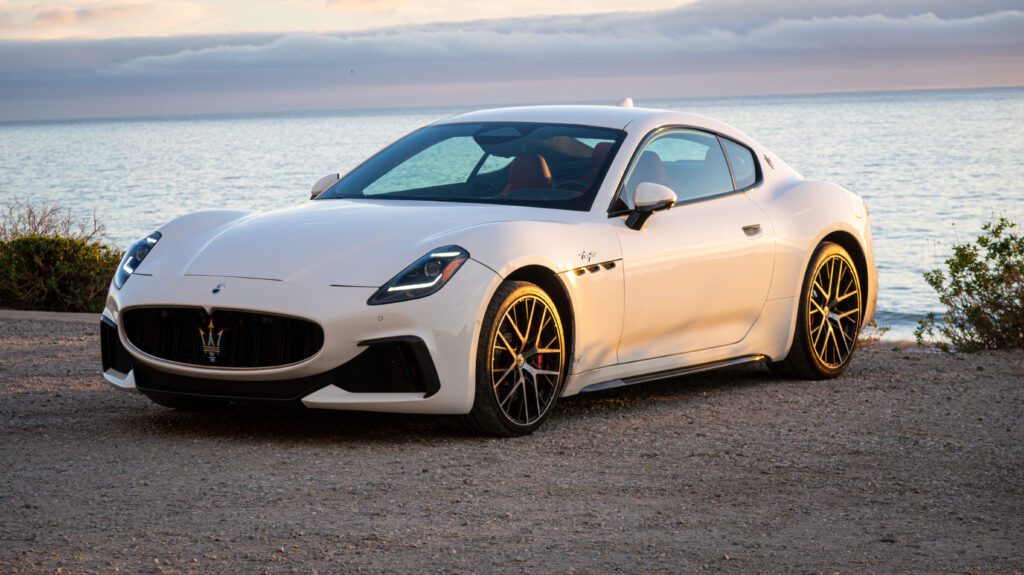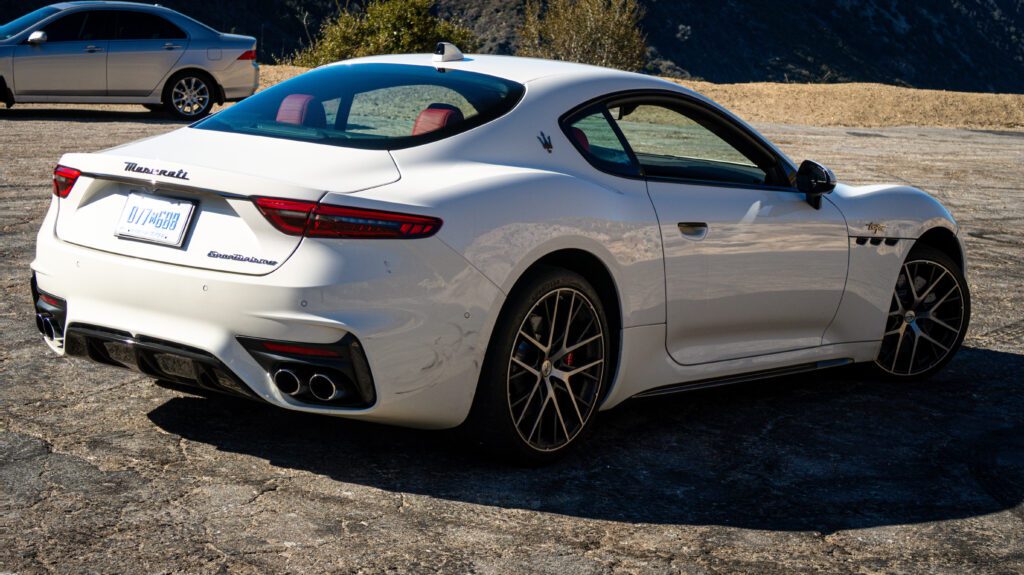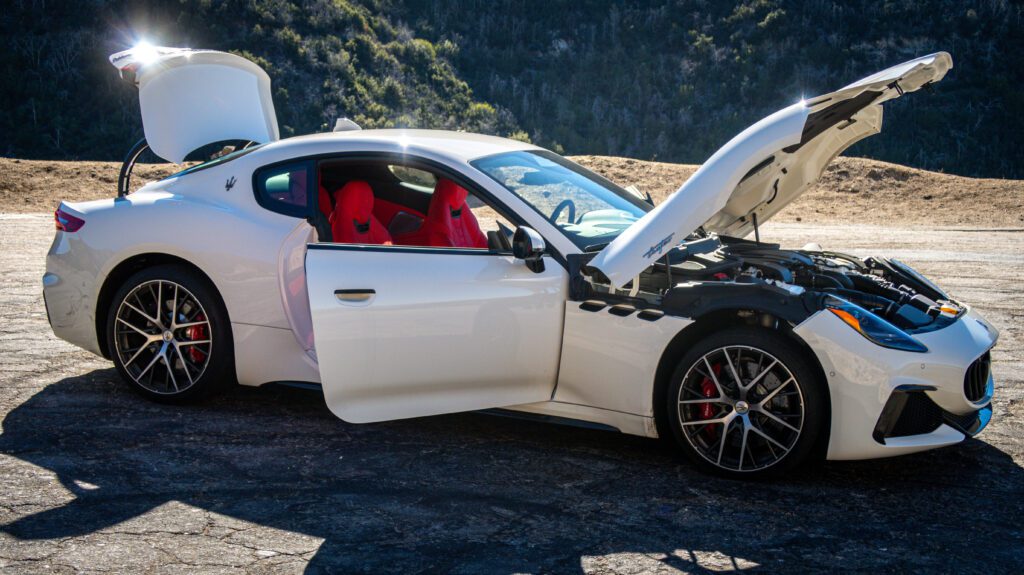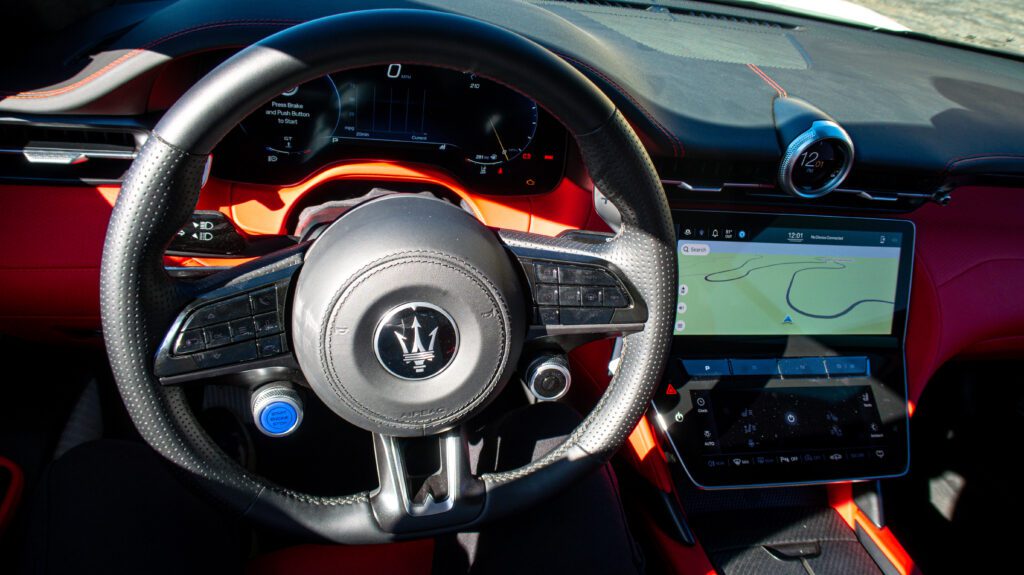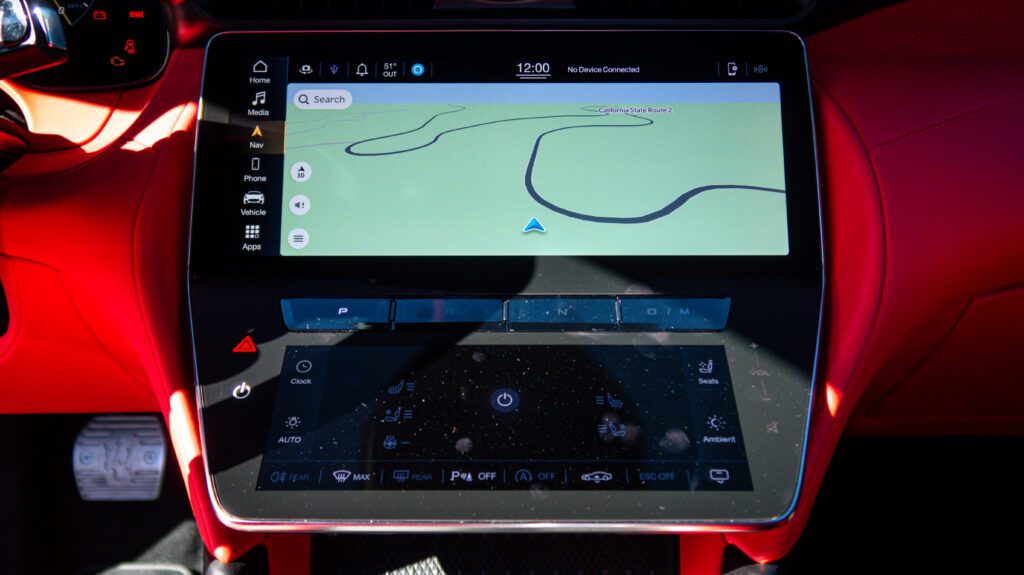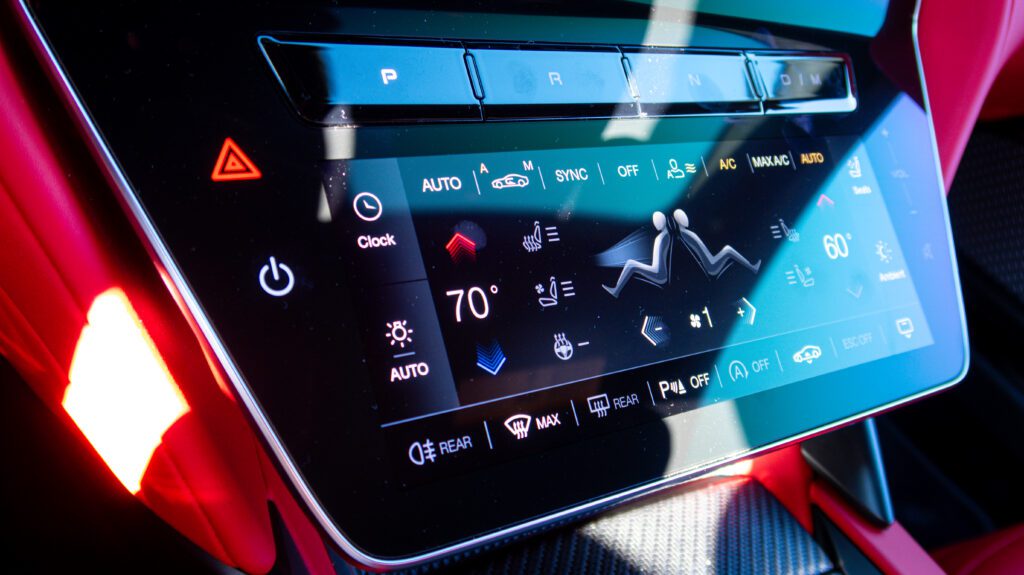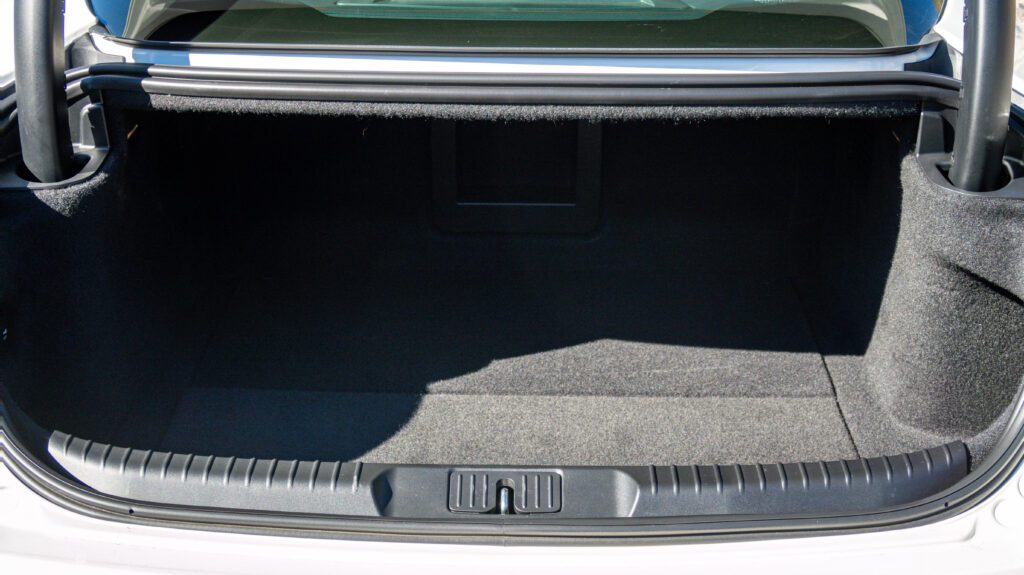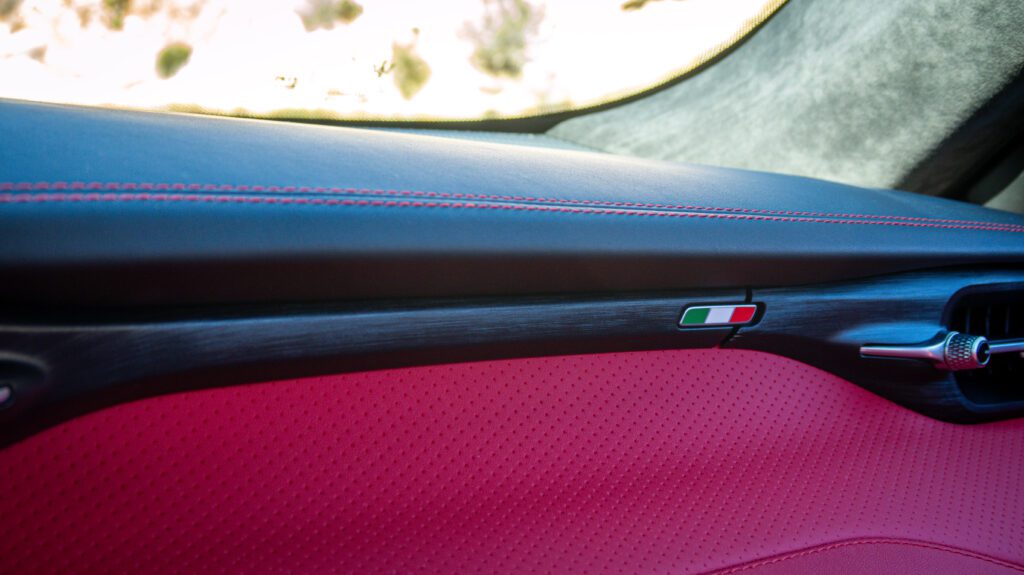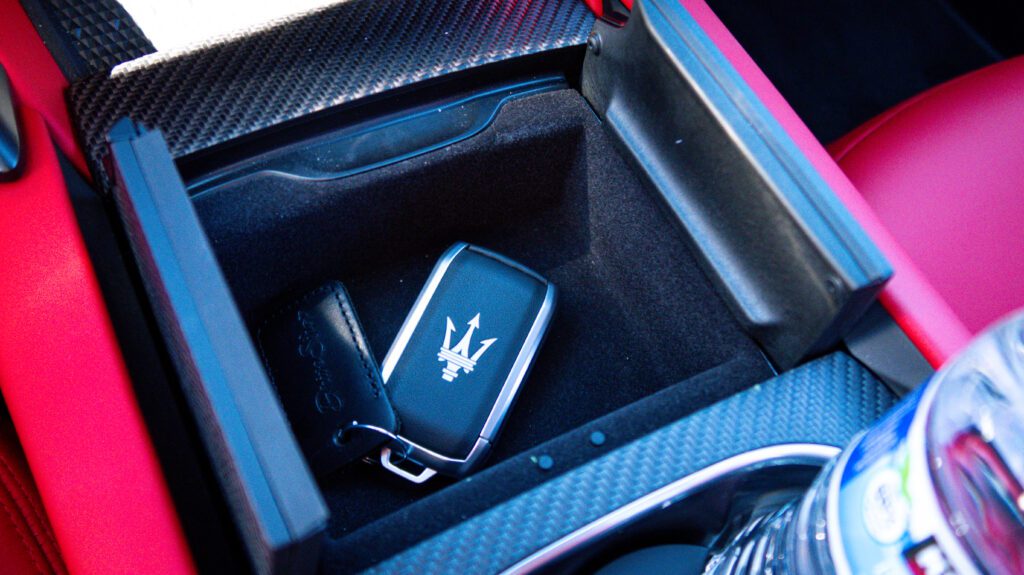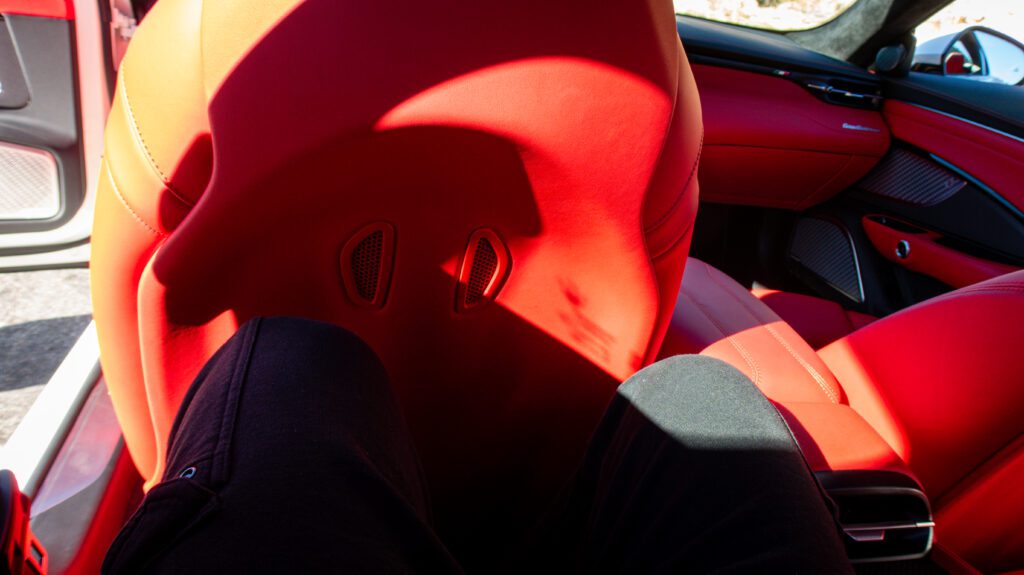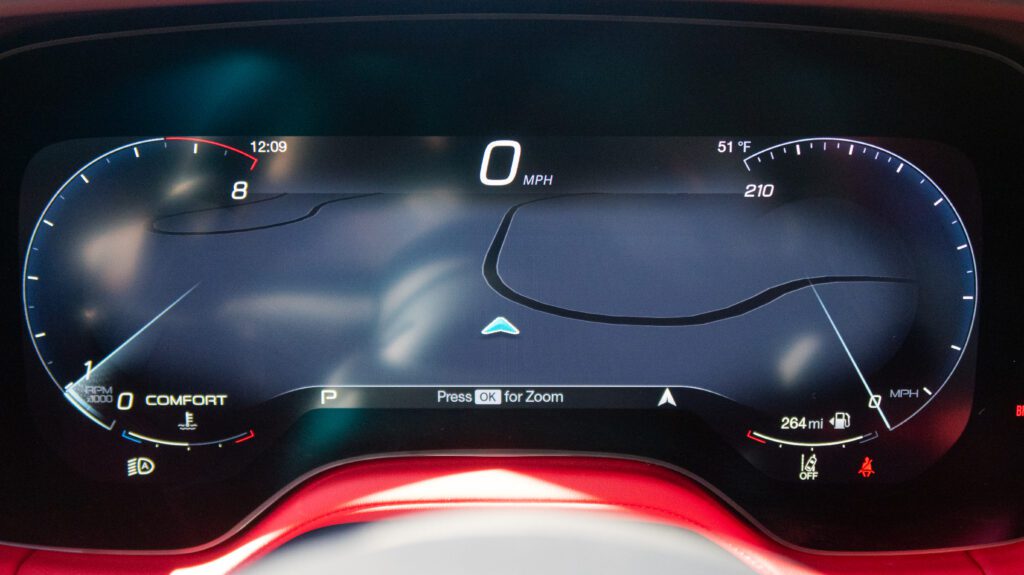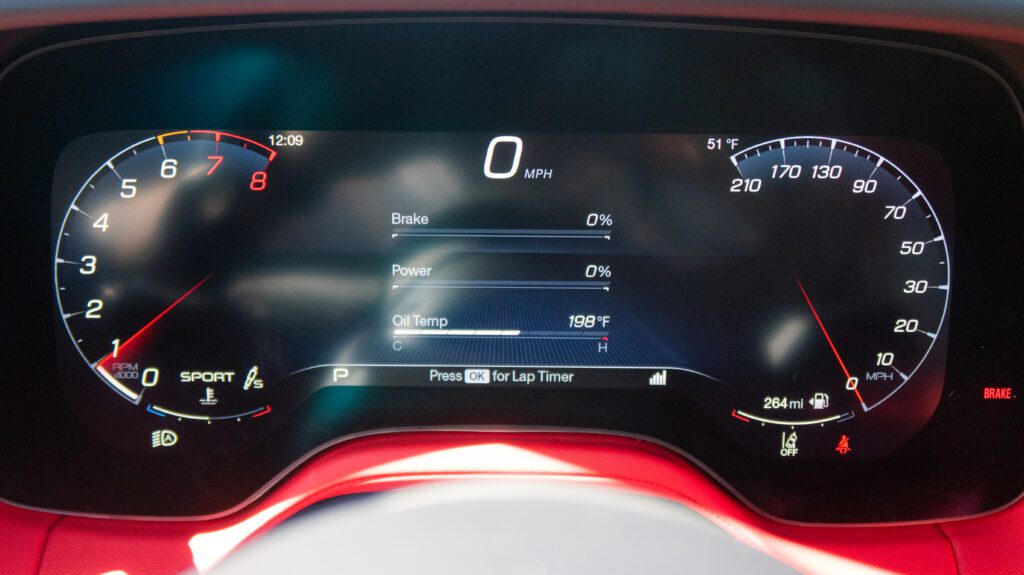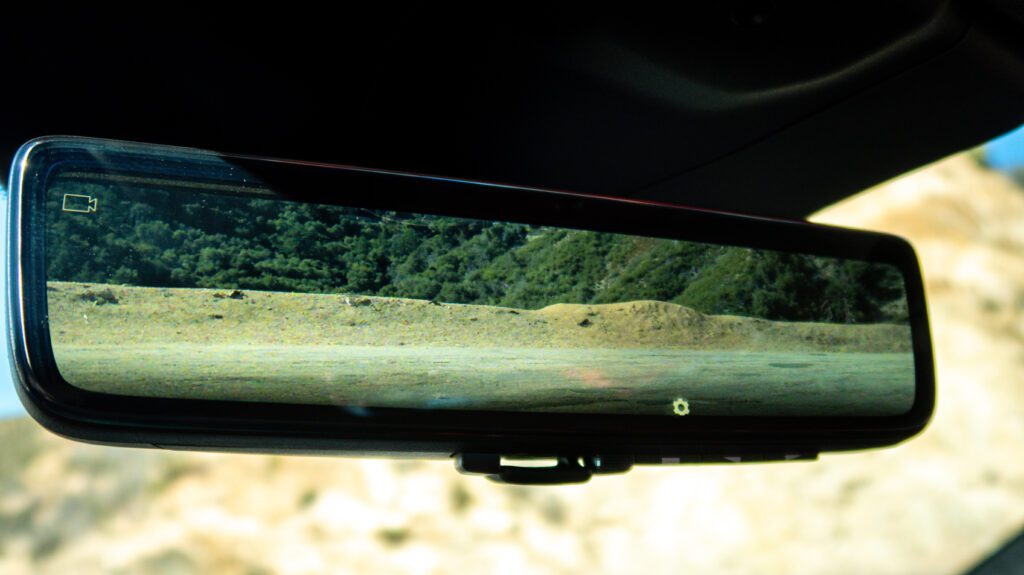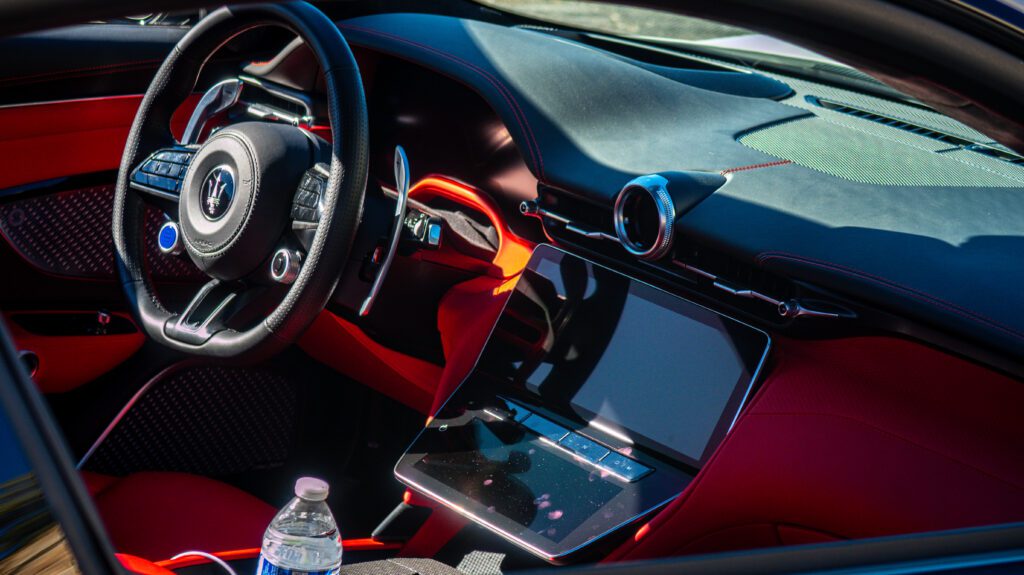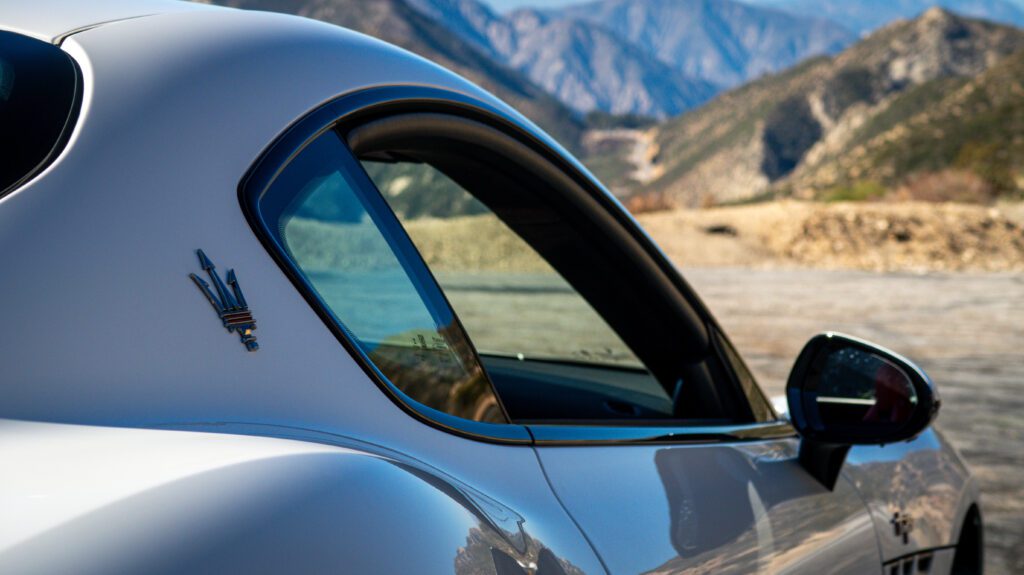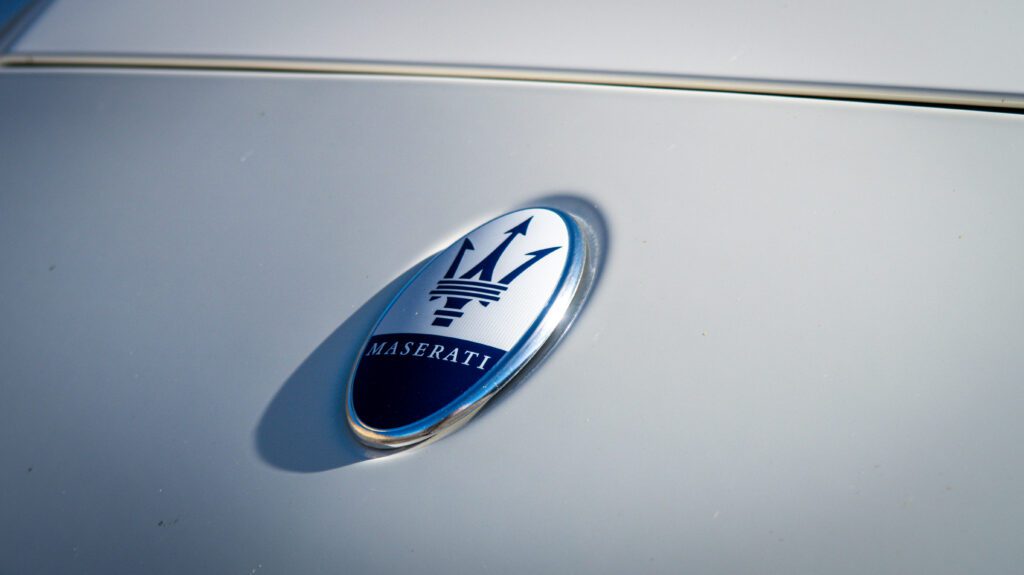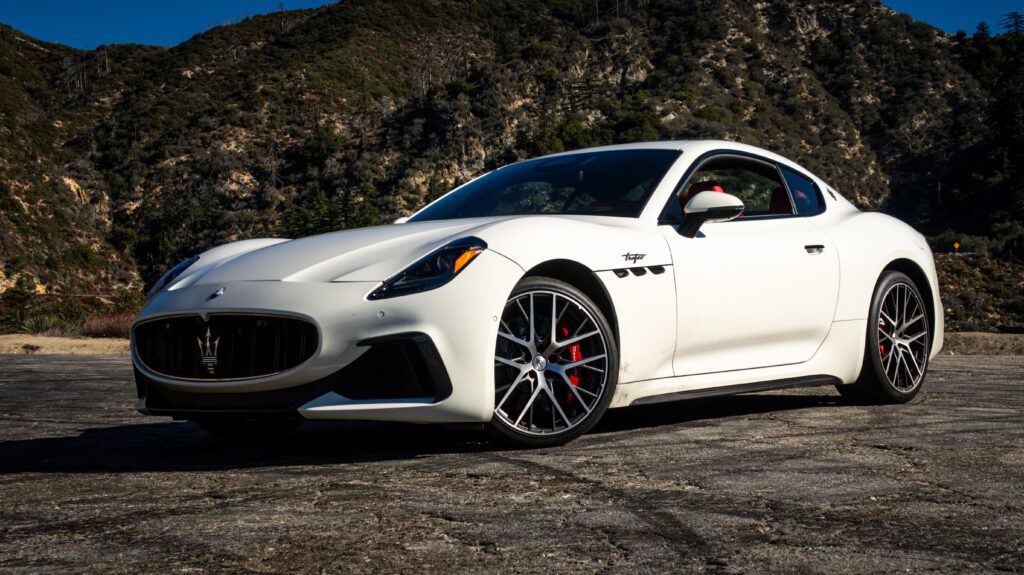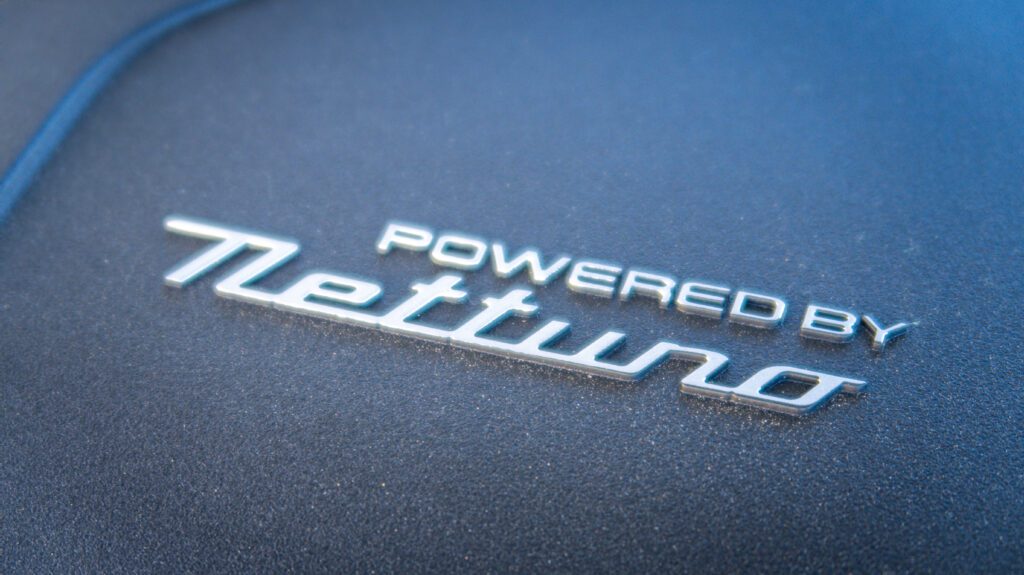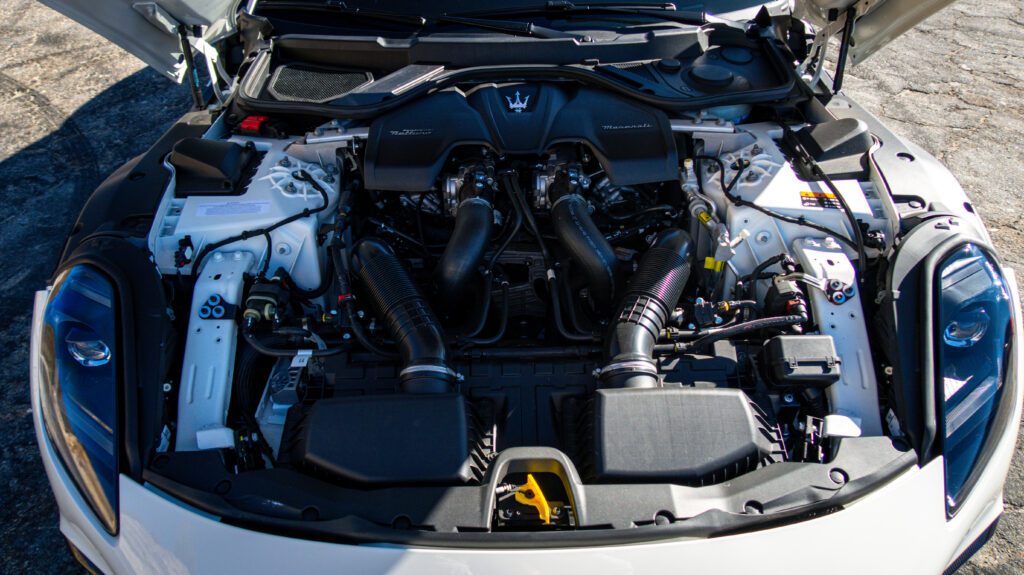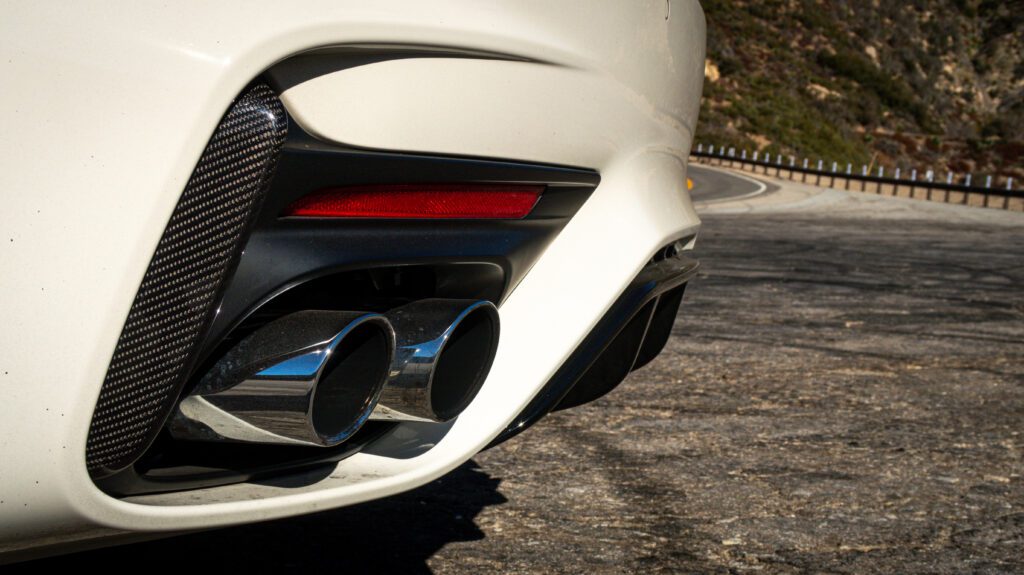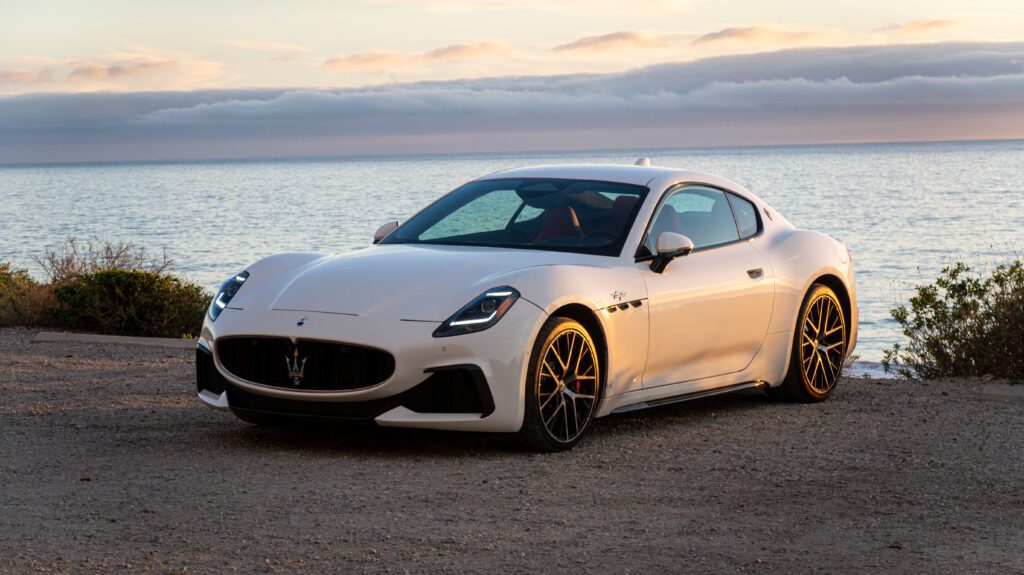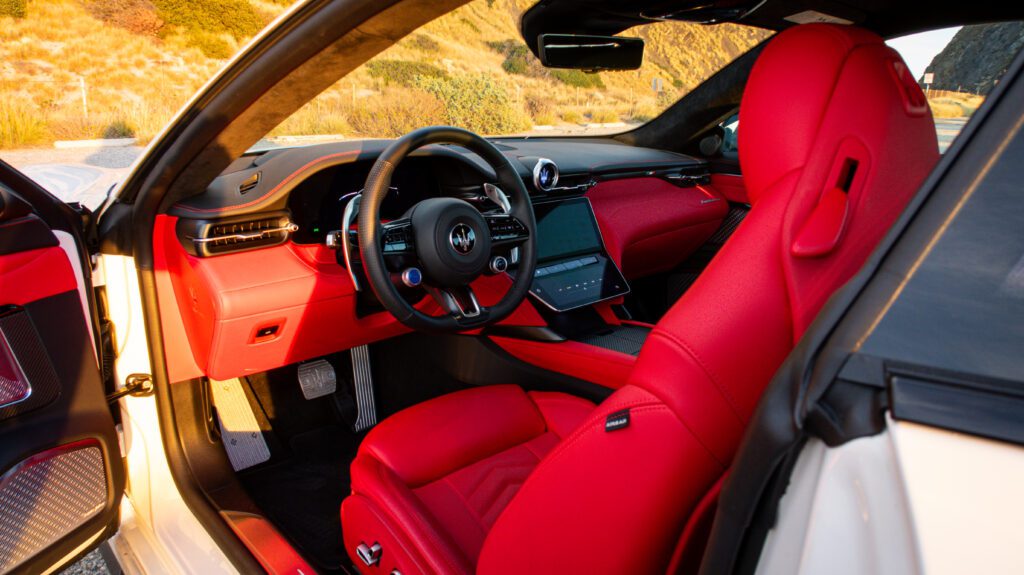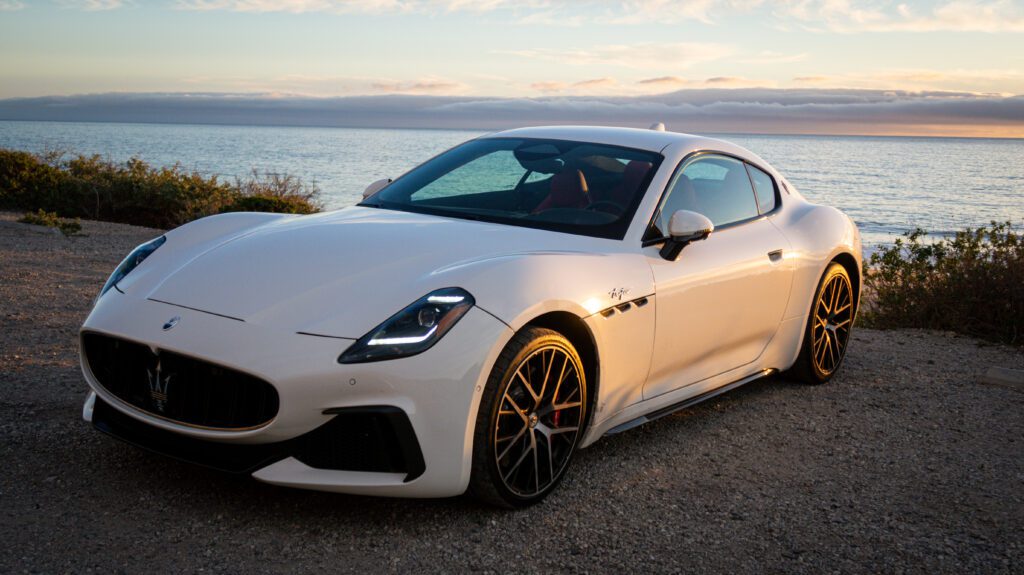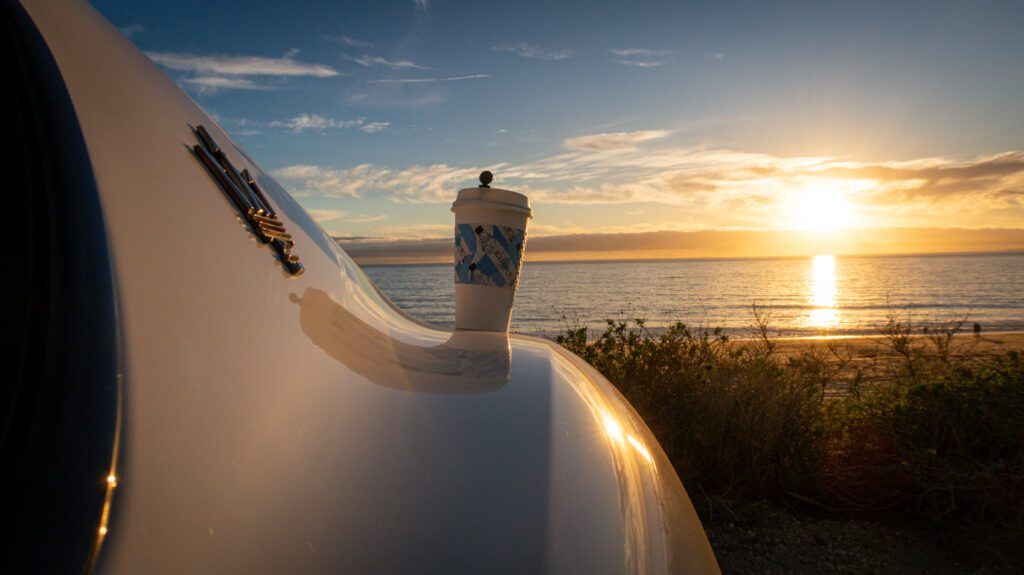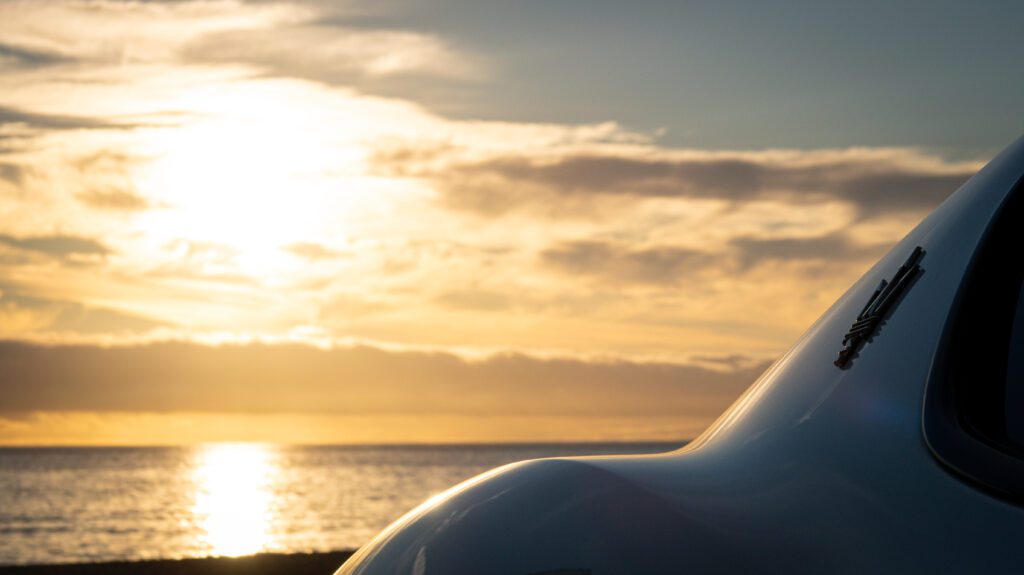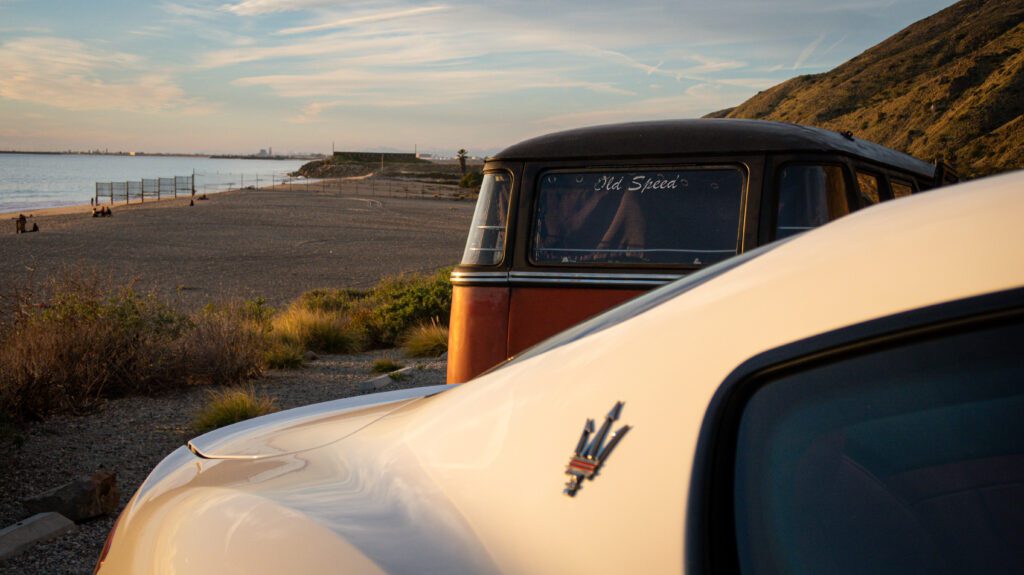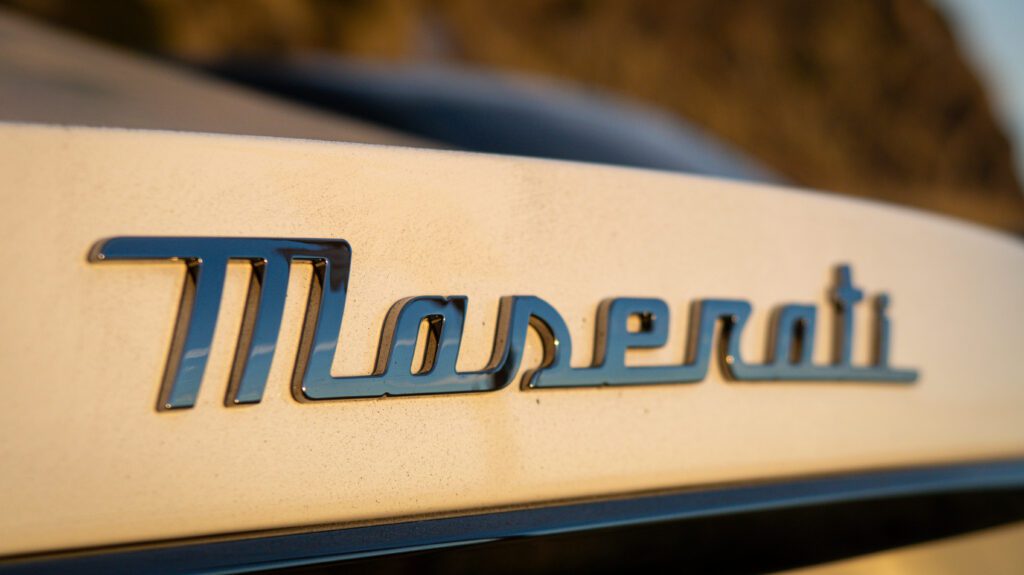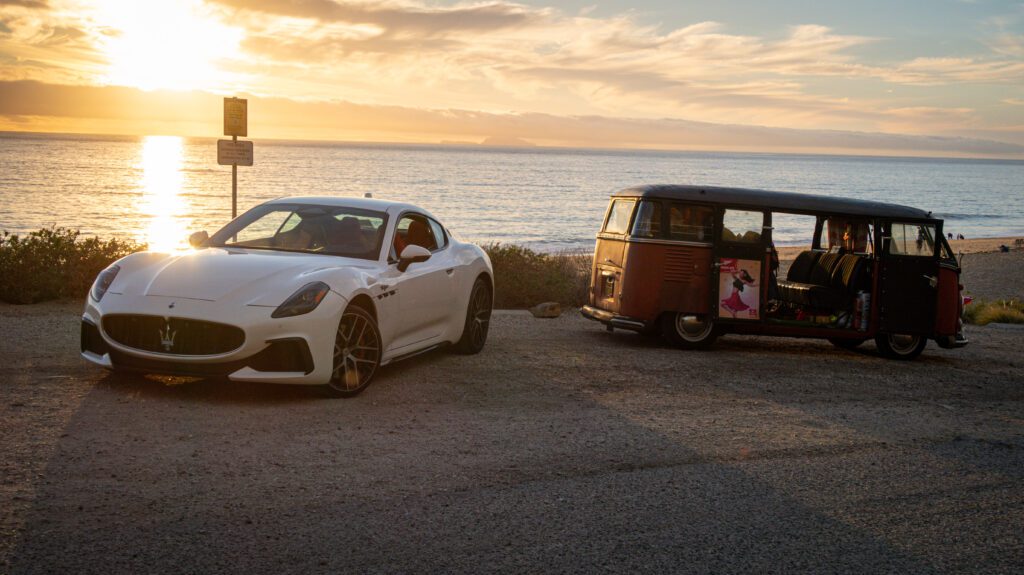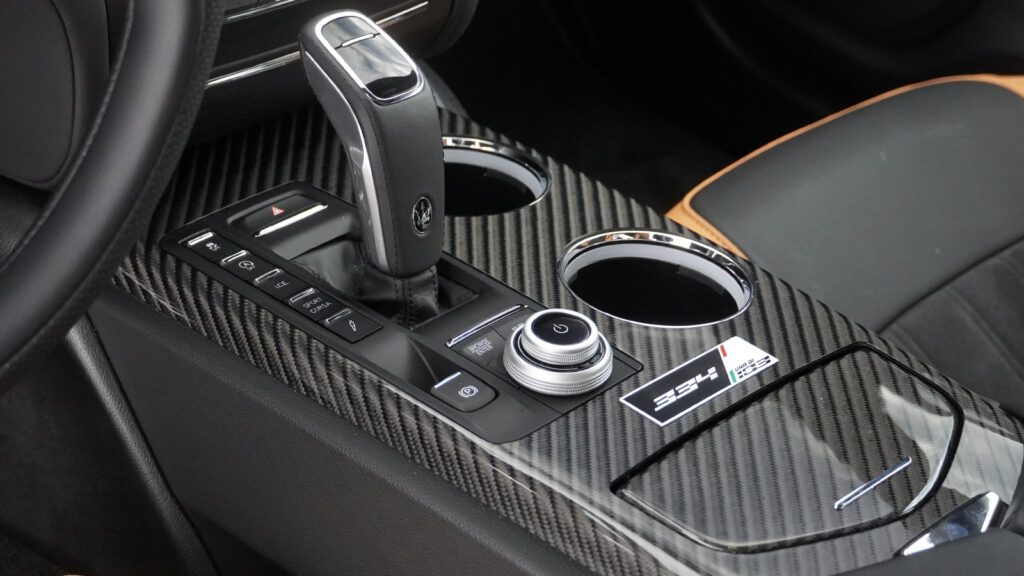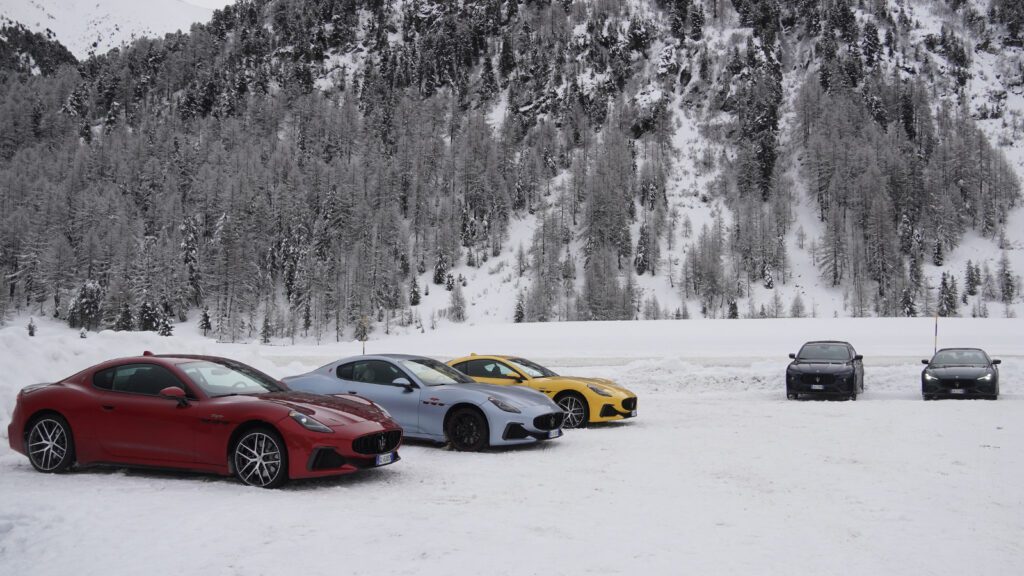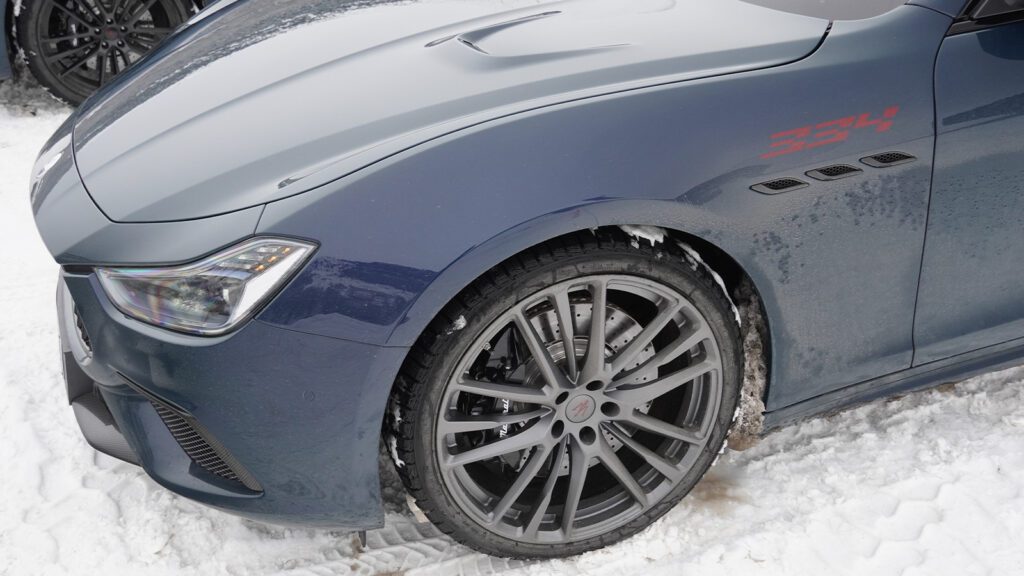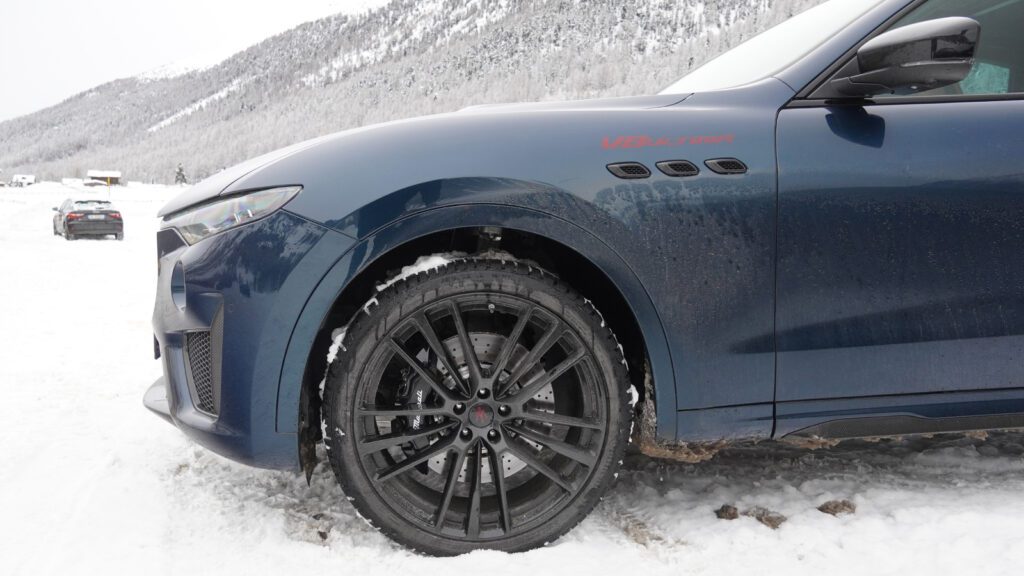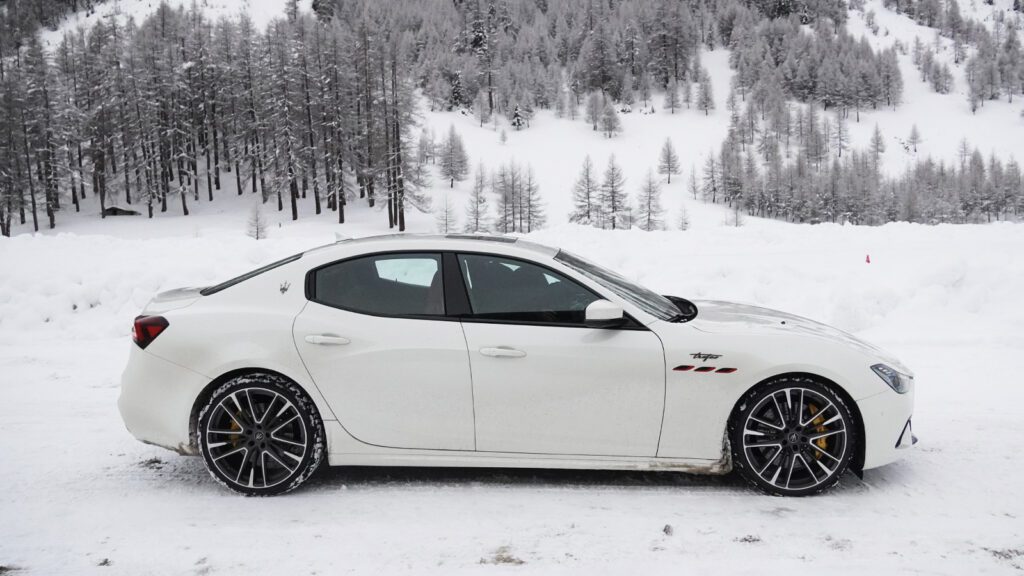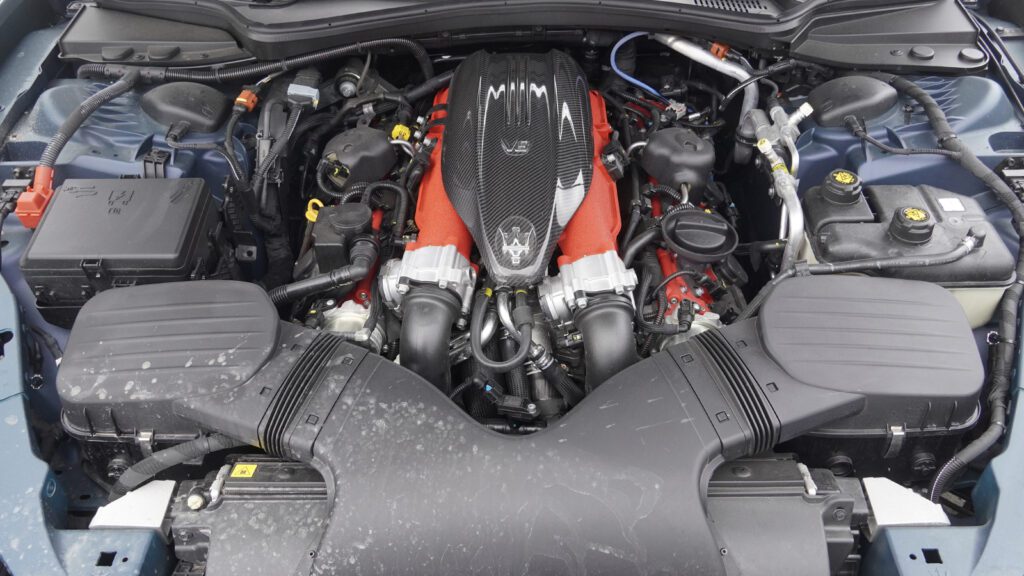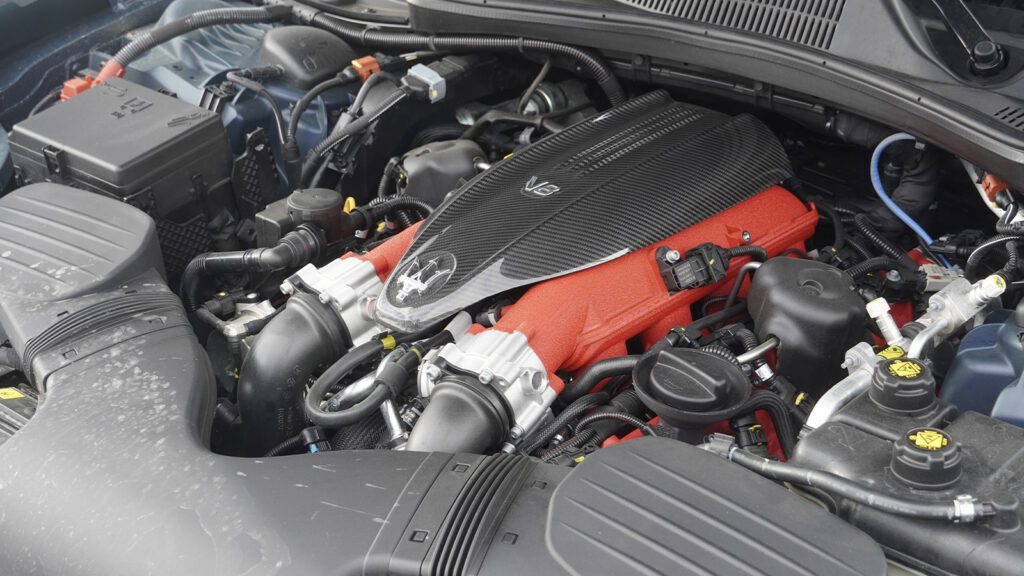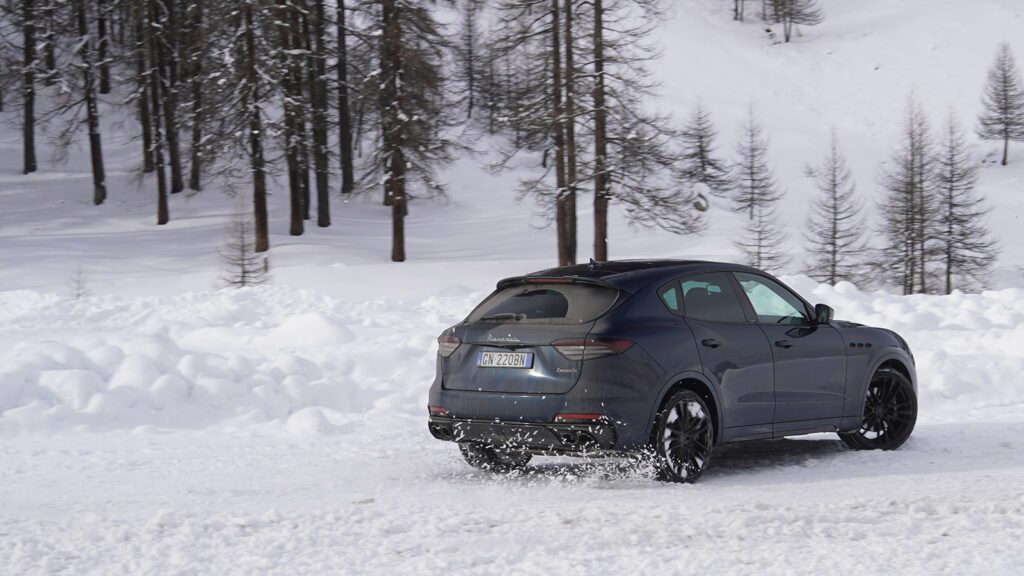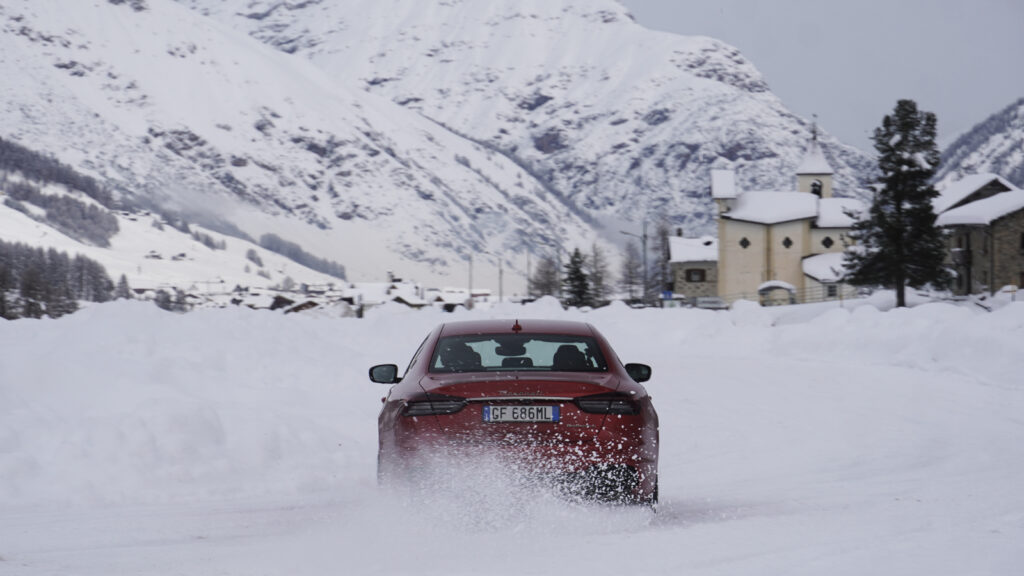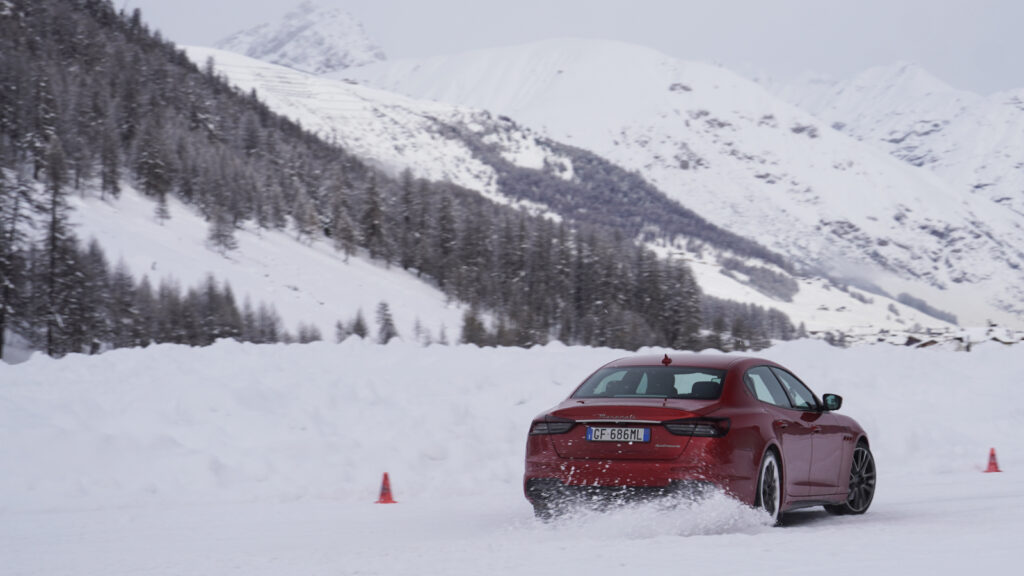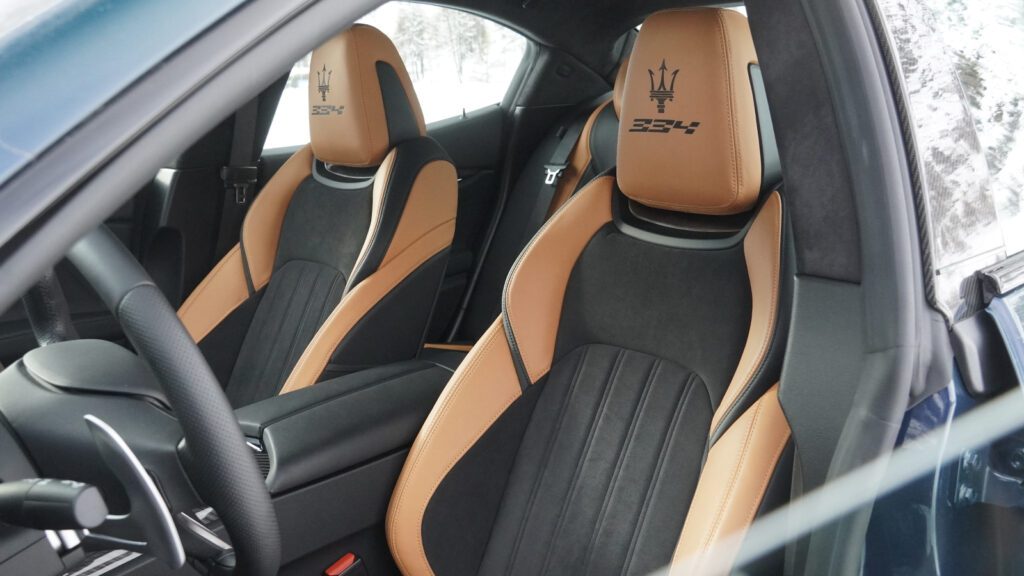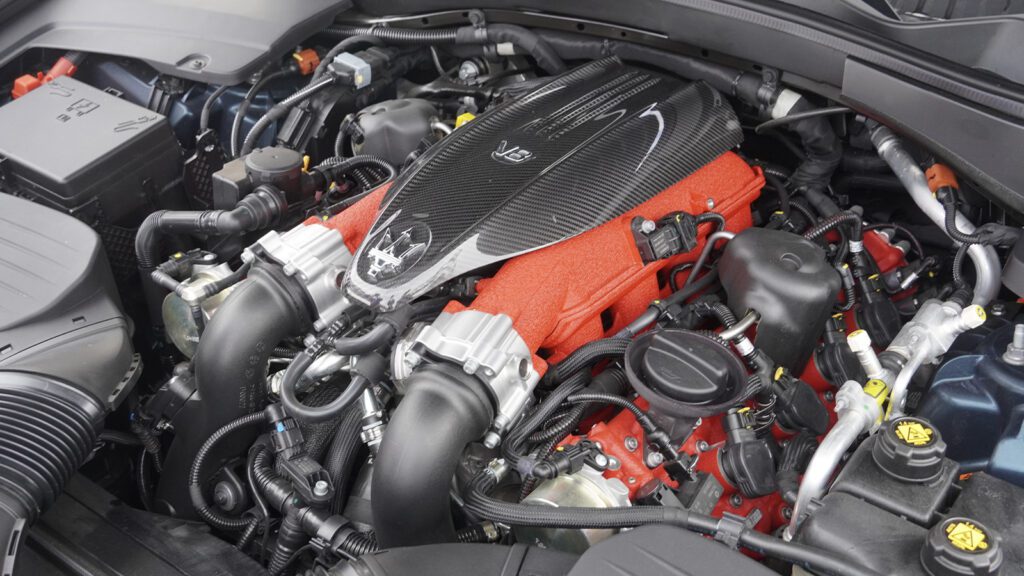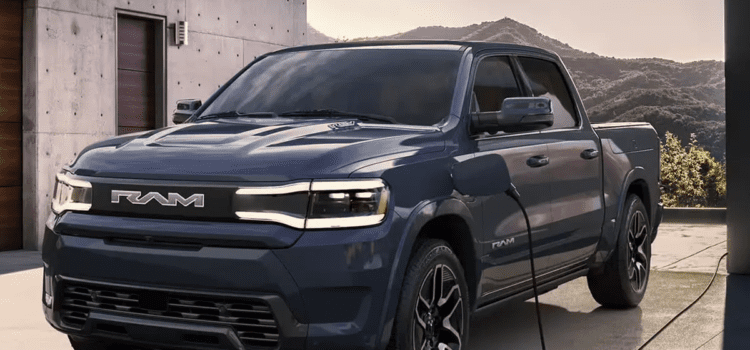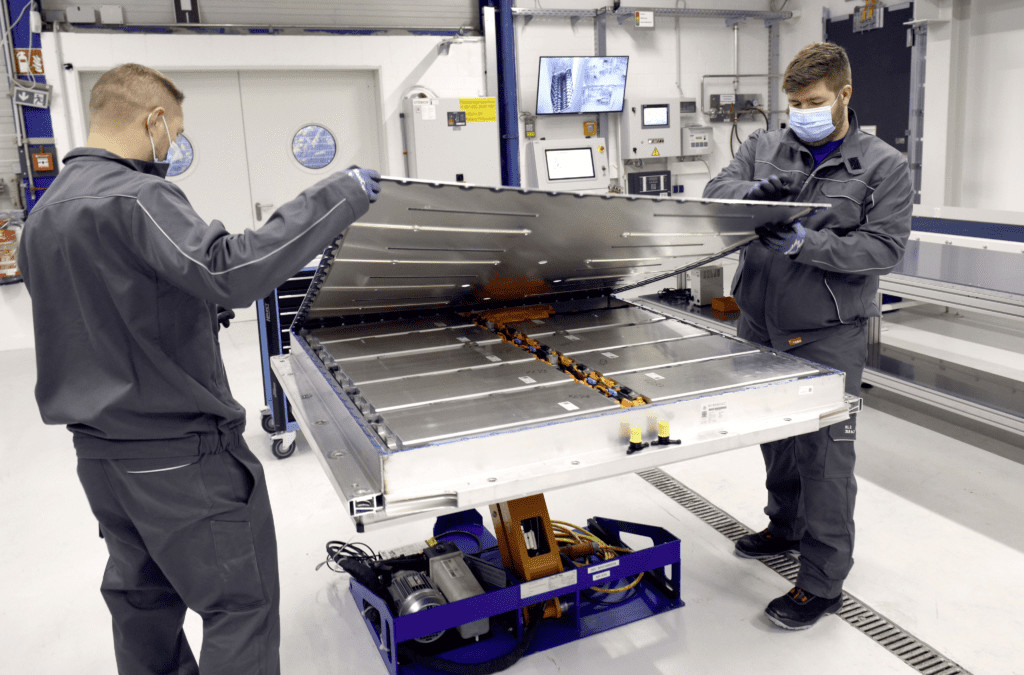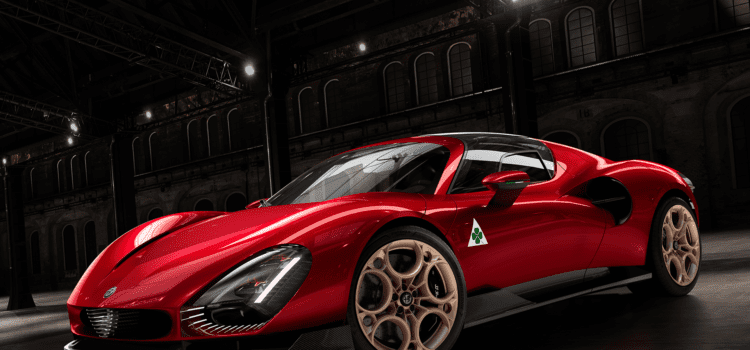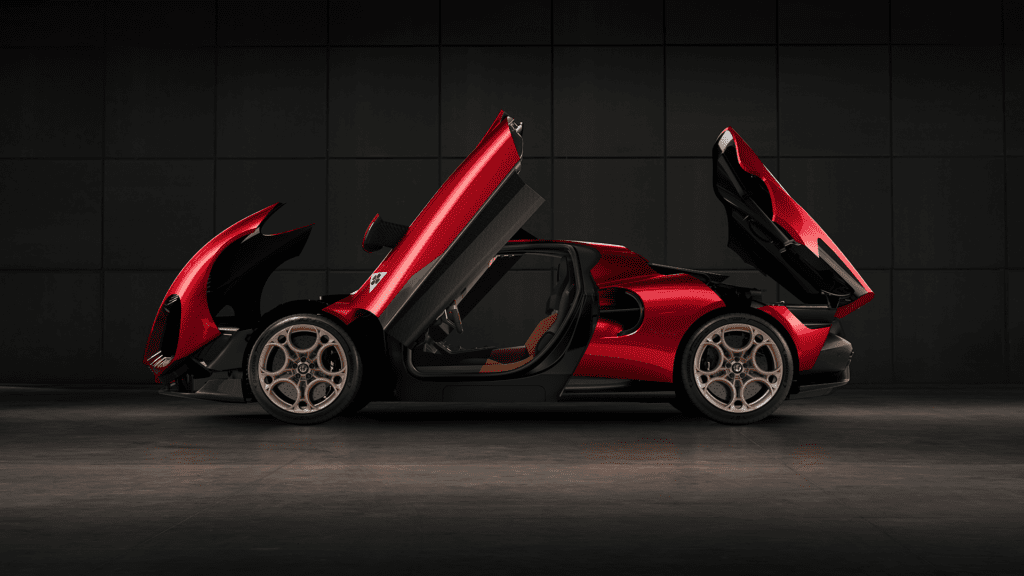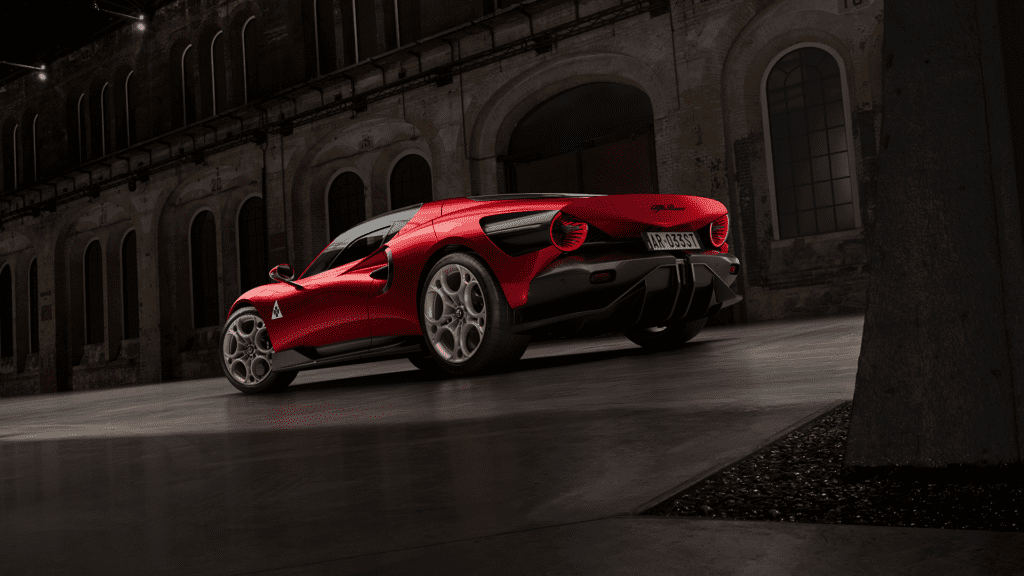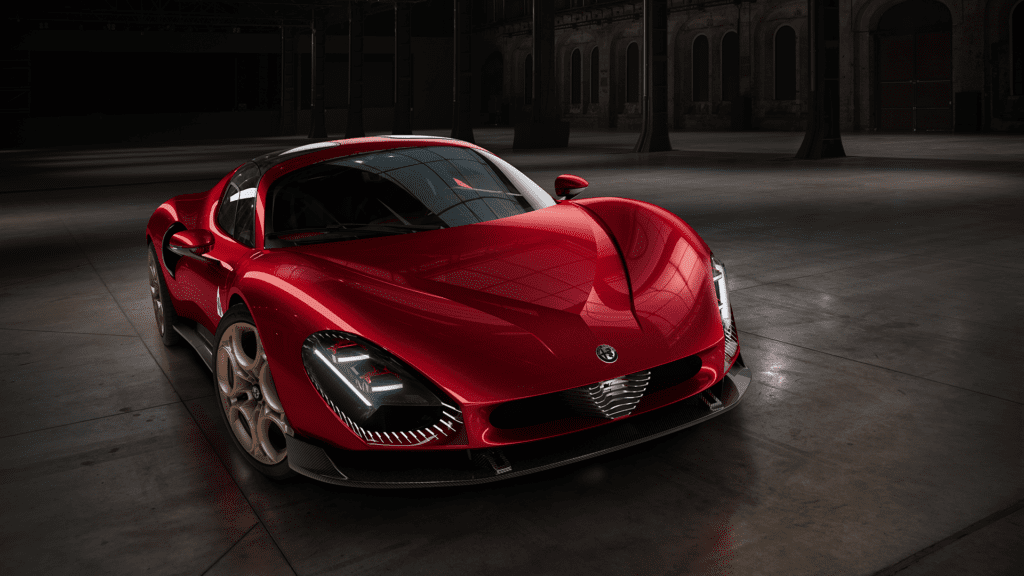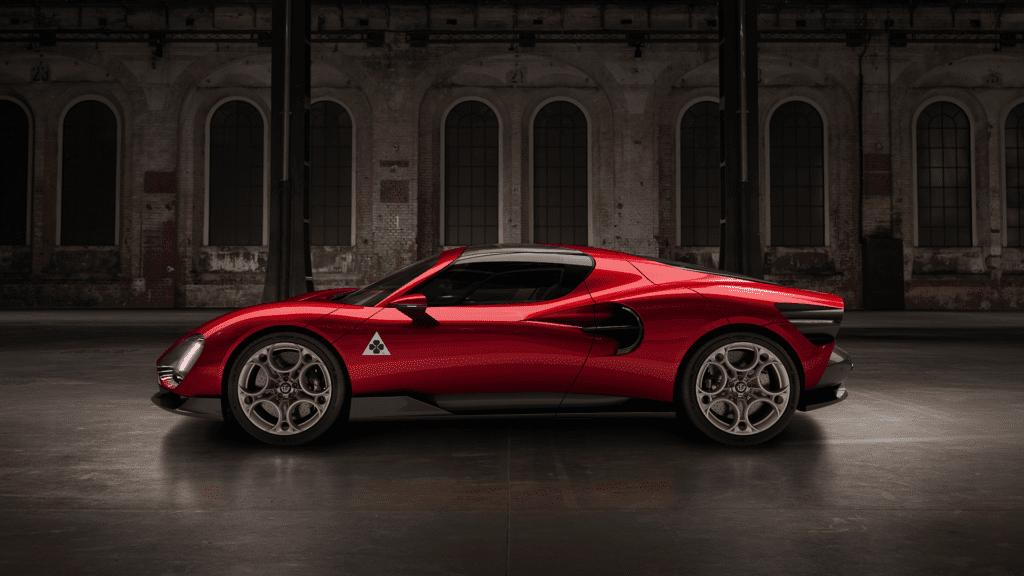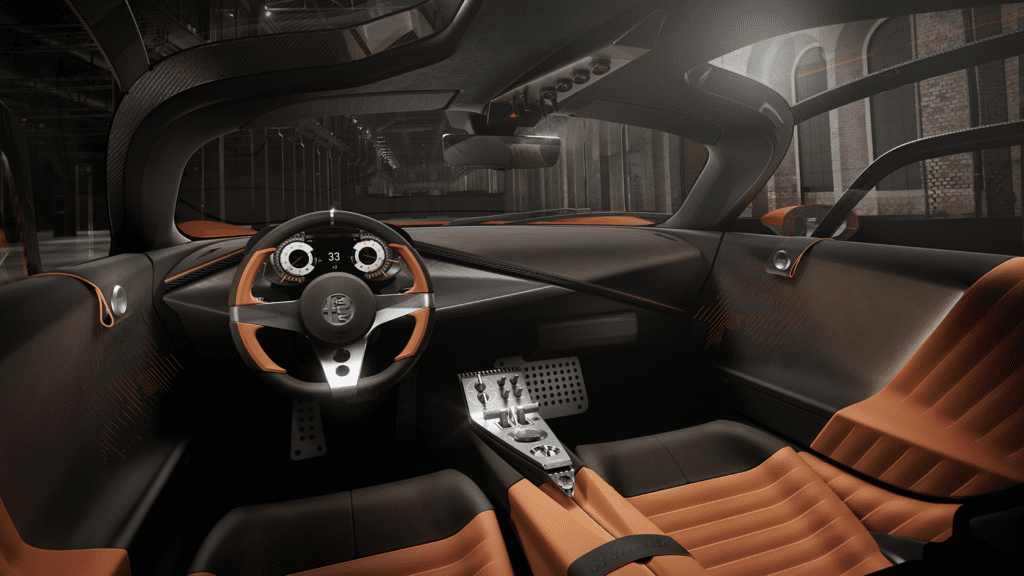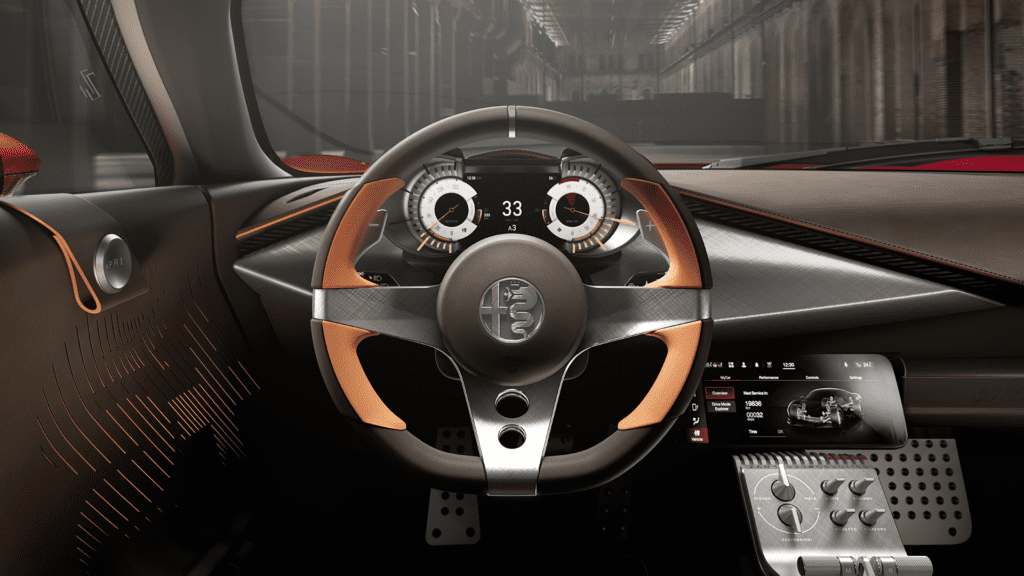Maserati Grecale Trofeo review: The comeback kid
After more than a decade of sporty handling and sloped roofs, it’s safe to say we weren’t hurting for another luxury compact crossover SUV. To not only add another face to the crowd but to price it higher than its German rivals, I’d say you’re either out of your mind or you’re Italian. As it happens, Maserati is both. And while its standard Grecale GT and Modena trims are the result of rational decisions a faceless corporation would make to sell a commercial product in high numbers, the 523-horsepower Maserati Grecale Trofeo is the exact opposite in the best possible way.
Up against the dubiously named but popular BMW X3 M and the universally lauded Porsche Macan GTS, both of which have undergone years of refinement, Maserati has its work cut out for it. Not to mention that once-iconic Trident badge on the front doesn’t hold the same level of prestige it once did. But if reputation is all that’s standing between you and the Grecale Trofeo, don’t write it off just yet. From a plush, high-quality interior to a fierce supercar engine ripped straight out of the MC20, you’re going to want to take this one for a test drive.
Jump to:
- Price and specs
- Design, colors, and options
- Interior and tech
- Fuel economy and performance
- Lease or buy?
Price and specs
Having said that, if you’re going to write off Grecale Trofeo, write off the Grecale Trofeo. Entrepreneurial lessees could be in for a big tax break considering Maserati clocked our press car at $117,500 MSRP. Damn near fully loaded with all the bells and some of the whistles, for this price, I could have my pick of SUVs in not only this class but the next size up—certainly a well-specced Cayenne S. Hell, that kind of money could get you a true lightweight sports car and a Grecale GT.
[Button id=”518″]
| Base price: | $105,500 |
| As-tested price: | $117,500 |
| Powertrain: | 3.0-liter twin-turbocharged V6 engine |
| Transmission: | 8-speed automatic |
| Drivetrain: | All-wheel drive |
| Power: | 523 horsepower @ 6,500 rpm |
| Torque: | 457 lb-ft @ 3,000-5,500 rpm |
| Curb weight: | 4,469 lbs |
| 0-60 mph time: | 3.6 seconds |
| Top speed: | 177 mph |
| EPA estimated fuel economy: | 18 mpg city, 25 mpg highway, 20 mpg combined |
| Observed fuel economy: | 19 mpg |
| Fuel capacity: | 16.9 gallons |
That’s right, with a starting price of $65,300, the lower-trim Grecali (plural for Grecale) will more than suffice for the average Maserati SUV driver. The base GT’s mild-hybrid, 2.0-liter four-popper makes 296 horsepower, plenty enough to merge safely onto the highway. And, let’s face it, in our daily lives, that’s all most of us use the extra power for anyway. From $74,900, stepping it up to the midrange Grecale Modena unlocks the Trofeo’s premium interior touches.
Design, colors, and options
Say what you will about Italian cars (believe me, I do)—they do tend to be easy on the eyes. It’s a long-standing stereotype that Italian automakers give their designers a blank canvas, and the frustrated engineers have to work backward to bring their artistic visions to life. To what extent that’s true, I’m not sure. But it could explain how brands like Maserati avoided the polarizing—and in my opinion, heinous—trend of big honking grilles championed by BMWs. The front end of the Grecale is tame, inoffensive, and consistent with Maserati’s design language across its current lineup.
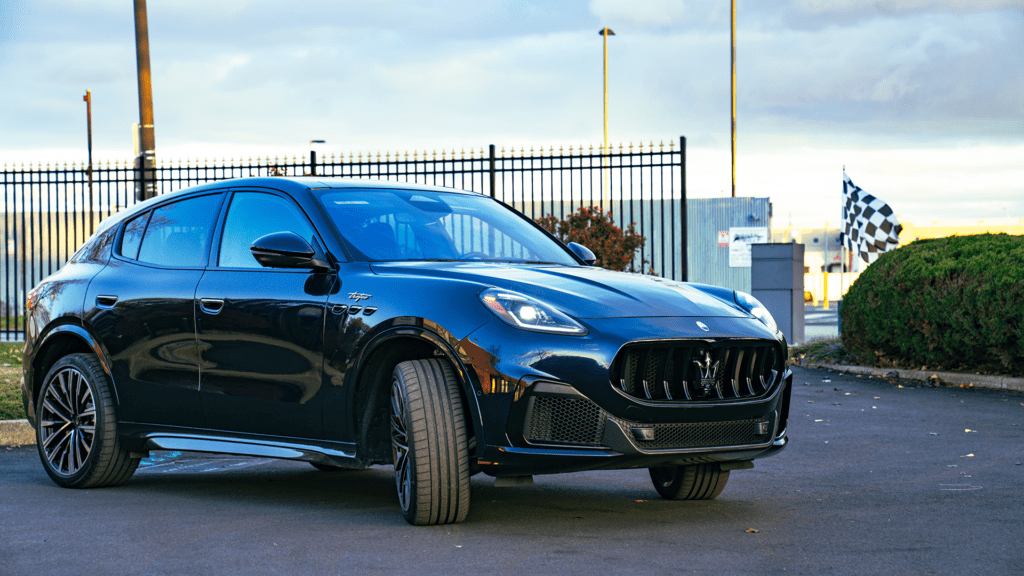
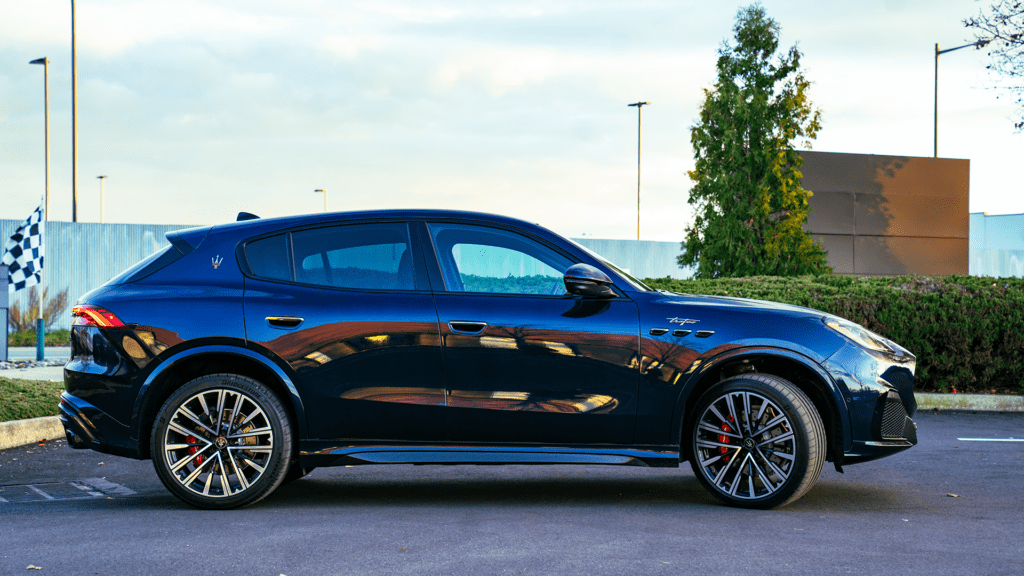


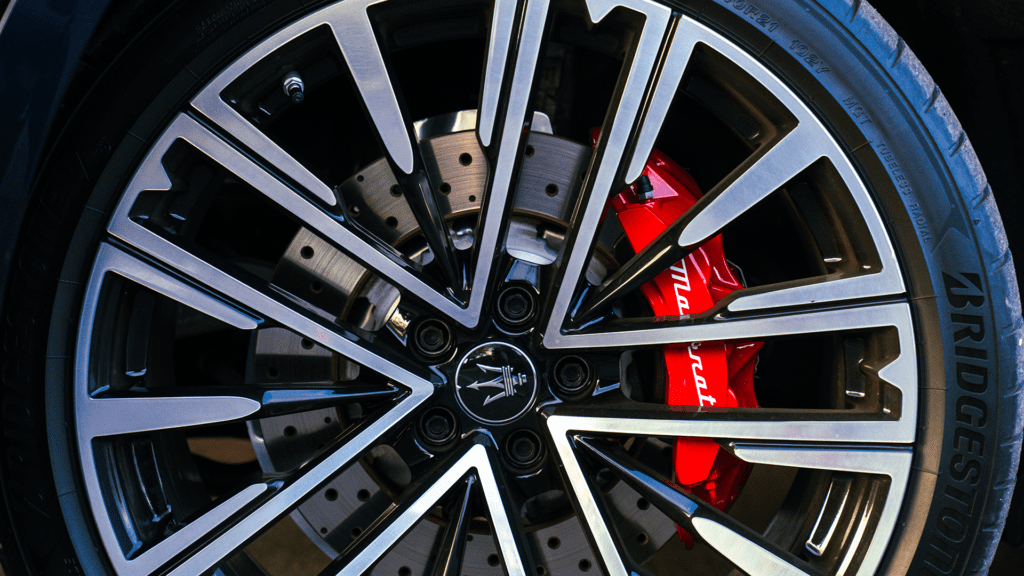
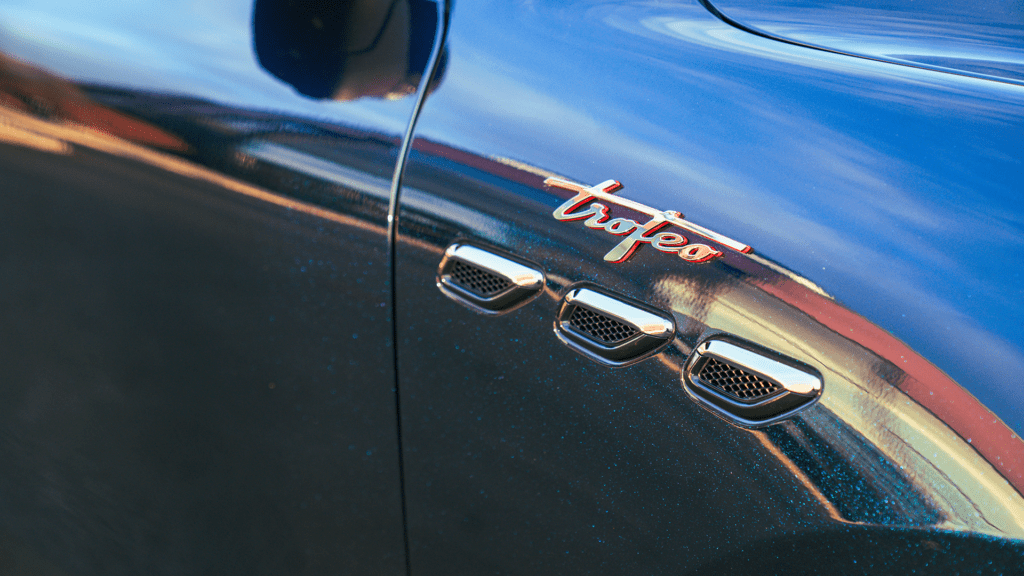
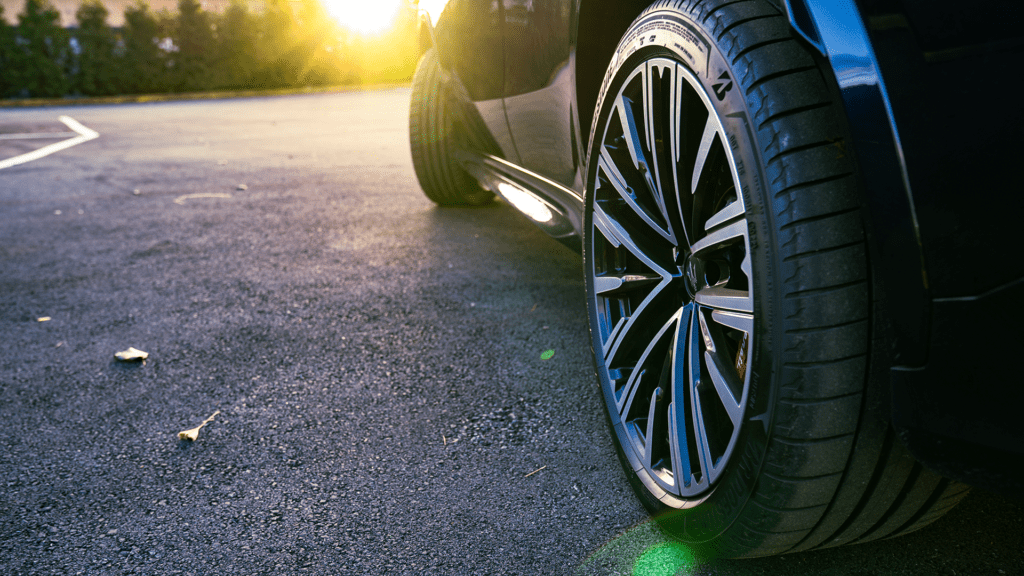
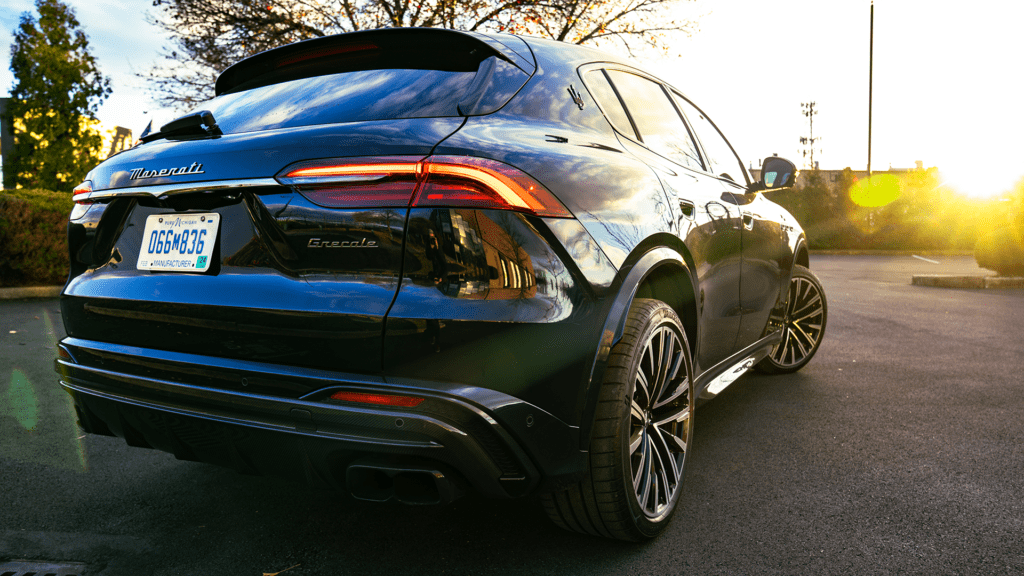
| What’s hot? | – Classic, understated design – Fast, responsive engine – Brilliant stock exhaust – Five bespoke driving modes – Flexible air suspension – Dazzling metallic paint options |
When our Grecale arrived at the bustling, grandiose Acceleramota headquarters in NYC (my apartment), I was struck by its majestic tri-coat metallic paint glistening in the sun. As I later found out, embedded between the middle and top, clear coats were tiny flakes of reflective aluminum, giving it that distinct iridescent flair none of my photos could do justice. This lovely shade of blue is undoubtedly the best of the bunch, but all of the metallics are stunning and well worth the $800 premium over the single non-metallic white that comes standard.
Maserati Grecale Trofeo metallic colors ($800):
- Bianco Astro (white with silver gloss)
- Grigio Lava (sparkly gray with bronze tint)
- Nero Tempesta (fancy black)
- Blu Intenso (spicy blue)
Maserati Grecale Trofeo non-metallic colors (included):
- Bianco (generic white)
Not one of the Grecale’s three trim levels offers a ton of extras when ordered from the factory, but that is especially true of the Trofeo. After all, Maserati parent company Stellantis’s strategy to improve reliability by giving customers fewer options—thus, fewer combinations of untested variables—seems to be paying off. In JD Power’s 2023 Initial Quality survey, Maserati showed the biggest jump of any car brand year-over-year.
Nevertheless, the Grecale Trofeo doesn’t forego factory add-ons entirely. Advanced driving assistance tech doesn’t come standard, nor do some more basic features you’d expect from a car in the six figures. The heated steering wheel, for instance, is baked into a $4,200 Premium Plus package, as are ventilated front seats. Wireless charging and a head-up display (HUD) are bundled together for another grand. Even all-but-essential safety features like blind spot assist tack on a few thousand clams. Now we’re talking paper.
Packages
Driver Assistance Plus ($3,100):
- Intelligent speed assist
- Traffic sign recognition
- Intersection collision assist
- Active driving assist
- Adaptive cruise control
- Lane keep assist
- Blind spot monitor
- Drowsy driver detection
Premium Plus ($4,200)
- Ventilated front seats
- Heated rear seats
- Heated leather steering wheel
- Heated windshield washer nozzles
- Sonus Faber 21-speaker sound system
Techssistance package ($1,100)
- Head up display (HUD)
- Wireless charging pad
Other options
- Roof rails ($400)
- Full LED matrix headlights ($1,200)
- Inox sport pedals ($200)
- Cargo rails on load floor ($400)
- 360-degree surround view camera ($800)
- Cargo 115-volt power outlet
Interior and tech
Don’t get me wrong, the Grecale Trofeo is a luxury vehicle through and through, no matter what packages or options you end up with. Odds are, you’ll never see a no-frills Trofeo at a dealership anyway. So you can rest assured that its old-money-inspired new-money cabin made me feel poor. Mission accomplished, Maserati.
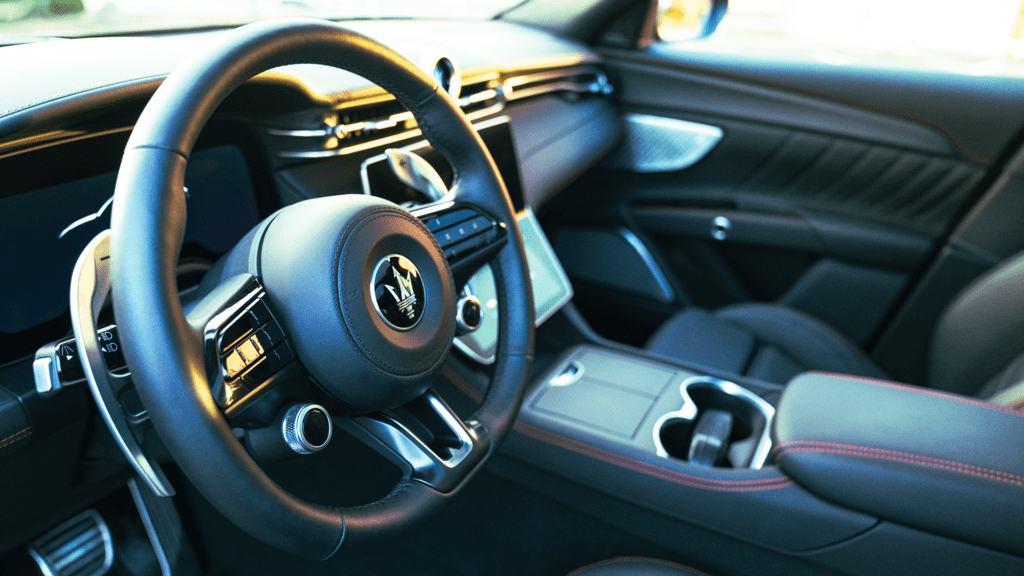
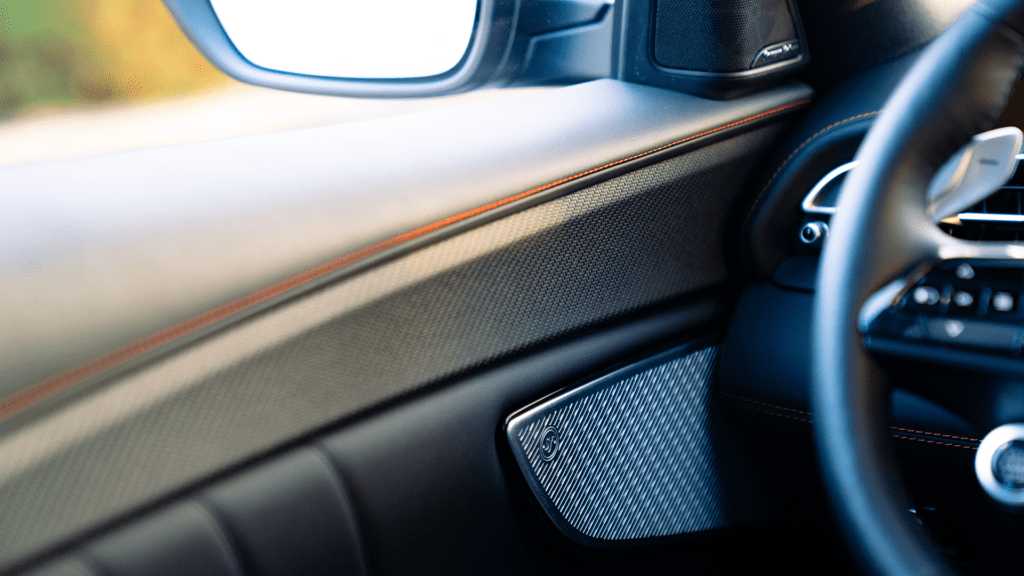

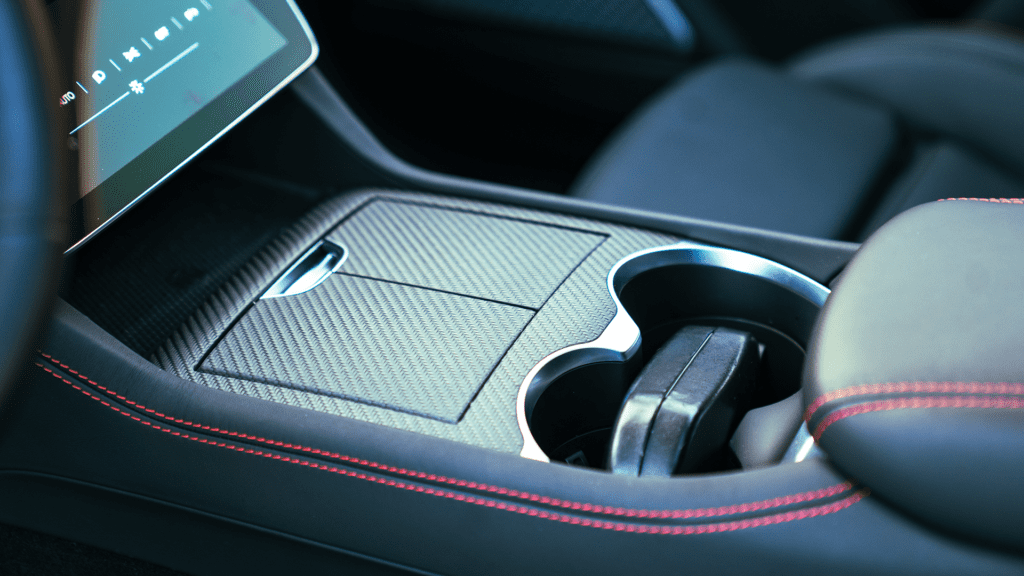

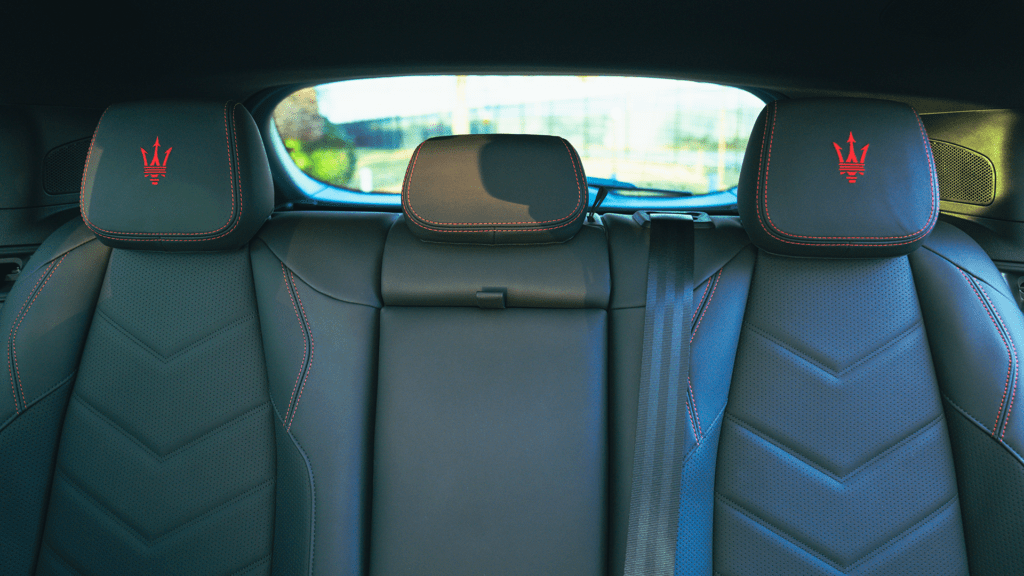

If it wasn’t upholstered in leather, it was carbon fiber. The piano black bezels surrounding the infotainment displays were among the few plastic parts I could find. The firm grip of its swanky yet classic leather steering wheel gave me the confidence of an executive at a pharmaceutical company pretending to save lives. Physical controls were a nice touch.
Coming from an Alfa Romeo Tonale, the ignition button on the steering wheel was instantly familiar, and the drive mode selector on the opposite side was an upgrade. Adjusting the volume of my music and changing songs with controls on the back of the wheel took some getting used to. As did the frankly baffling procedure of opening the door from the inside. Pressing a button to open the door electronically when there’s a mechanical backup latch right below it made me wonder why the button was there at all. The answer, I reminded myself, is because why not?
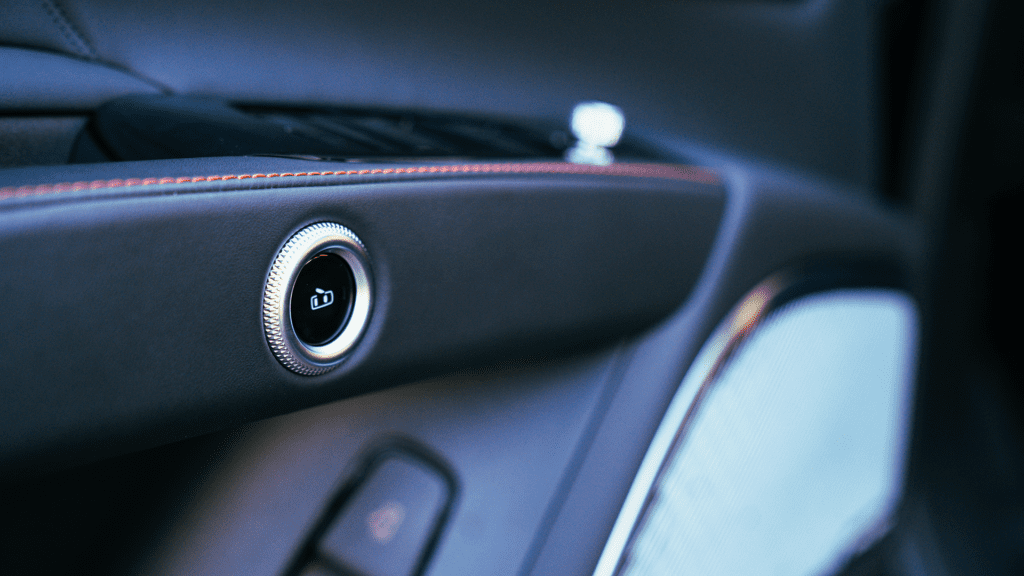
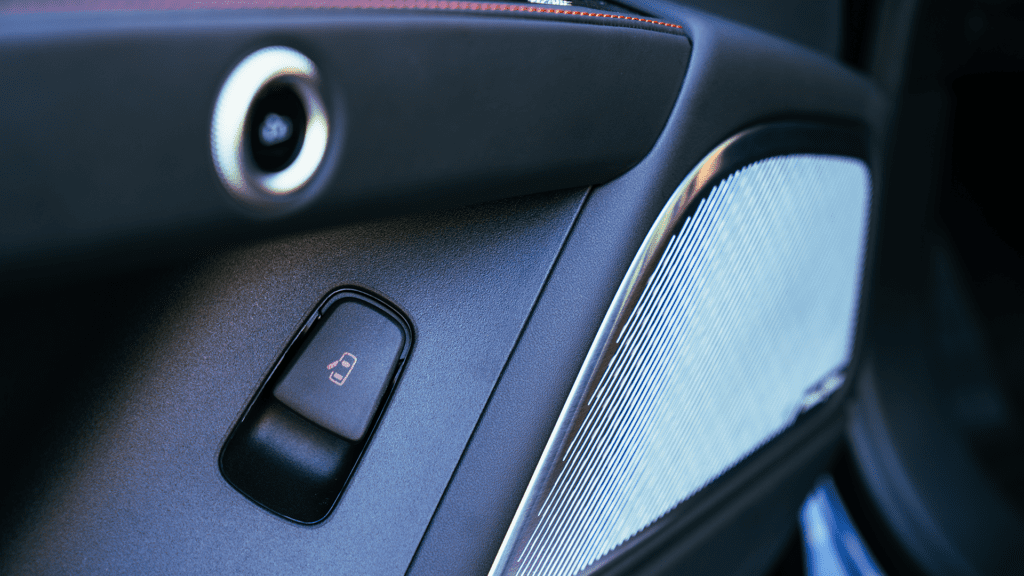
The raw texture of carbon fiber can be found and felt everywhere from above the door handle to the center console. Red stitching accentuating the leather upholstery gave the Grecale Trofeo a sportier look, color coordinated with its performance. As we all know, red is the fastest color.
Although it’s not particularly exciting, the Android-derived Uconnect infotainment system is intuitive. A benefit of Stellantis’s platform-sharing, parts bin ecosystem is that the software has to scale across 14 different brands. If it doesn’t work for Maserati’s clientele, then it doesn’t work for Jeep or Ram or Alfa Romeo drivers either. As such, most people will get the hang of it after 10-20 minutes of flipping through menus on the Grecale’s Nintendo-DS-like dual-screen setup.
My only gripe with the infotainment, which is not unique to Maserati, is how eager it is to age. The more screens you have, the more dependent you are on software and computers, and the shorter the window of time in which a car looks and feels new. The bottom screen is a static HVAC panel, great! But then, at that point, why is it a screen and not a stack of tactile buttons I can program my muscle memory to press without looking? A digital gauge cluster is less concerning—there’s a level of tailored control over what I’m seeing, and it’s not something I’m constantly engaging with, unlike climate controls.

But hey, at least we have a row of real physical buttons between the two displays!
Oh, no, that’s a gear selector, isn’t it?
Don’t forget to double-press P to throw it in Park, or else the car will stay in reverse.
Oh, Maserati.
As much as I appreciate a good historical nod, the analog timepiece in the middle of the dashboard doesn’t feel quite the same either as yet another backlit digital display. I’d be willing to accept it if it served some function beyond telling time—maybe a built-in timer for recording lap times or a way to benchmark acceleration. But no, it’s just a clock. Nothing more to see here, Gabe. Don’t question why an analog clock can’t be, you know, analog… move along.
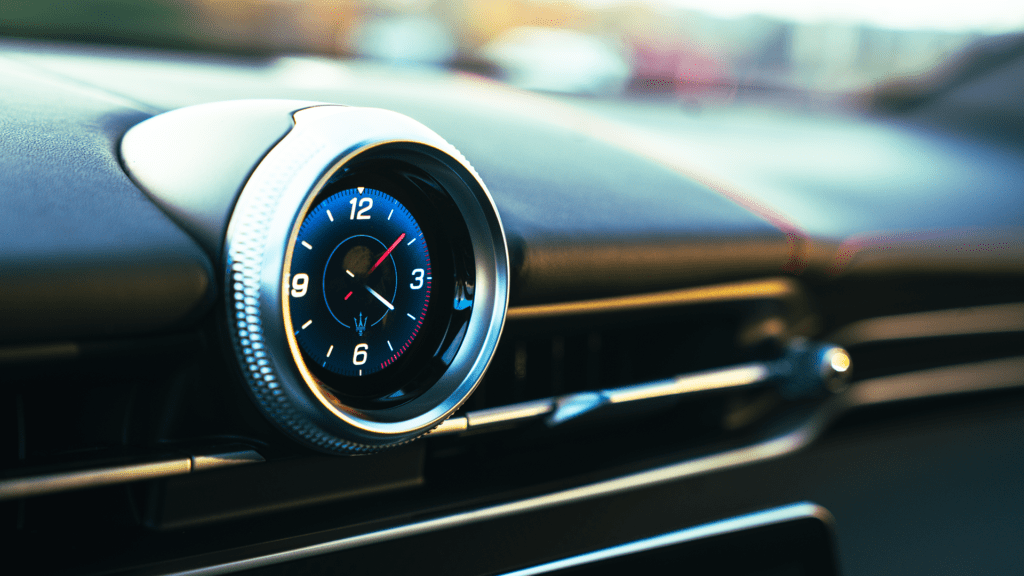
Capping this section off on a positive note, because despite spending several paragraphs on a rant about screens, I do like the interior in the Grecale. No, really!
If recent Mercedes are any indication, maybe those in the target income bracket for this car don’t care how it ages. More likely than not, they’ll lease it for a couple of years and then move on to something else. Then some sucker will buy on the used market for the price of a new Nissan Altima, and it becomes their problem. And that sucker will be me.
Where was I? Right. Cargo space. It has a good amount: 20.1 cubic-feet behind the second row. More than the Porsche Macan GTS, and less than the BMW X3 M.
Fuel economy and performance
Do we have to? Before I start philosophizing about the moral quandaries of driving a status symbol on wheels, much less leasing a new one every 2-3 years, let’s cut to the chase: No one cares about how much fuel they’re burning in a Maserati. The answer is 18 mpg city, 25 mpg highway, and 20 mpg combined. No one cares so much, in fact, that you made it this far and forgot I already wrote this on a chart three sections ago. You know how I know that? Because I forgot too.
Those are decent numbers. So decent, they’re boring. Both the GT and the Modena are rated for 22 mpg city, 29 mpg highway, and 25 mpg combined. So there you go. The one with two more cylinders burns slightly more fuel. If emissions are a concern, presumably because you want to hang out in your garage with the door down while the car is running and survive, you’re in luck: Poised to compete with the Porsche Macan EV, the fully-electric Maserati Grecale Folgore is coming soon. I have thoughts on what we know so far, but I’ll keep those to myself until we know the price.
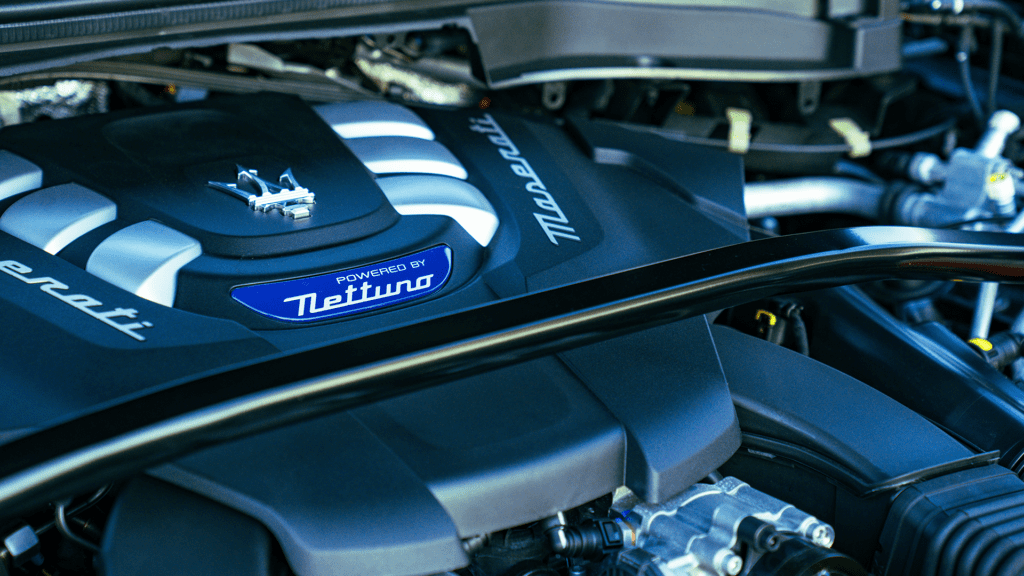
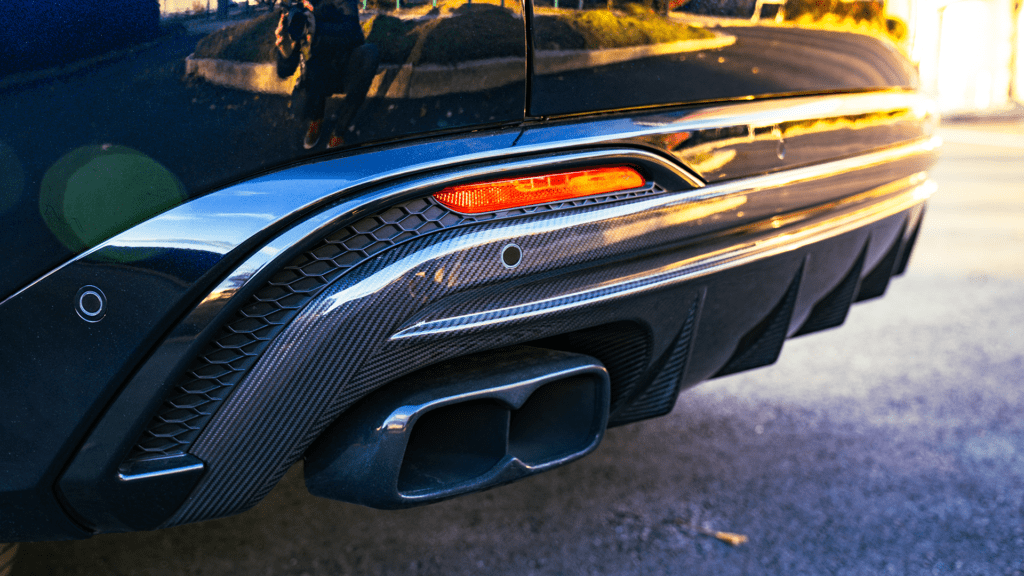


For the rest of you gas-guzzling scum, the Grecale Trofeo is quick. Maybe it doesn’t have the instant torque of an EV, but 3.6 seconds to 60 mph is enough to scare the demons out of you—with an exhaust that sings like Pavarotti and turbos that flutter like your heart will when you hear ’em. Believe it or not, you won’t find a fast compact SUV that bests the Grecale’s horsepower, straight-line acceleration, and top speed for the price. The vastly lower-cost X3 M comes close, darting from zero to 60 in just under four seconds, but close doesn’t win pink slips when you’re dropping the kids off at school.
Seeing as it weighs nearly 4,500 pounds, that’s an impressive feat. Impressive, but not terribly surprising since it’s powered by a detuned version of the twin-turbo Nettuno V6 engine shared with Maserati’s halo car, the MC20. As with the GranTurismo, the Grecale is underpinned by a Maserati-fied version of Alfa Romeo’s Giorgio platform, the same one found in the late Giulia and Stelvio Quadrifoglio (RIP).
You can feel it, too.
In Corsa mode, the gear changes hit with a satisfying punch, the suspension stiffened, and I was dropped so close to the road that, as with my Giulia, I could sail through corners in the Grecale Trofeo with unwavering confidence.
| What’s not? | – Too many screens – Cursed gear selector – Unproven long-term reliability – Silly digital dash clock can be tacky – Priced among fierce, proven competitors |
[Button id=”519″]
To lease or not to lease? That is the question
Growing up as a child of hip-hop from the aughts into the early ’10s, it wasn’t that long ago when driving a Maserati was as much of a flex as a Maybach, a Rolls-Royce, or a ‘Rari. But sometime between Backseat Freestyle and To Pimp a Butterfly, the iconic Trident badge lost its exotic sheen, and for good reason.
Famously, the Ghibli sedan and Levante midsize SUV were introduced with cheap parts from downmarket brands like Chrysler and Dodge. Then there were the quality control problems, in some cases ranking Maserati dead last in reliability. Don’t get me started on its depreciation. As much as I enjoyed the Maserati Grecale Trofeo for everything it was, is everything it was everything it will be, and for how long?

